










































STRONG FARM gate milk prices are placing Australian farmers in the best possible position for the challenges that lie ahead, as global market dynamics impact the Australian dairy industry.
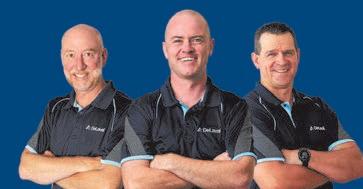
In other key dairy exporting regions, farm gate milk prices have dropped significantly alongside global commodity prices.
As such, significantly cheaper international dairy products are starting to undermine the competitiveness of Australian dairy in the current market environment.
Additionally, rising farm input costs remain a challenge, due to both international and domestic pressures.
The good news is farm gate milk prices set for the season will help to lessen the impact of rising input costs.
Competition for milk among processors was fierce following the announcement of minimum milk prices at the start of June — milk flows contracted five per cent over the 202223 season, after wet weather, flooding, labour challenges, competition for resources and farm exits impacted the national milk pool.

In the final months of the season, however, some growth was recorded (mainly against lower comparable figures) on the back of favourable autumn conditions leading into winter.
As the season moves into spring, the Australian milk pool is likely to see further yearon-year growth, after devastating floods dampened production during last season’s shoulder.
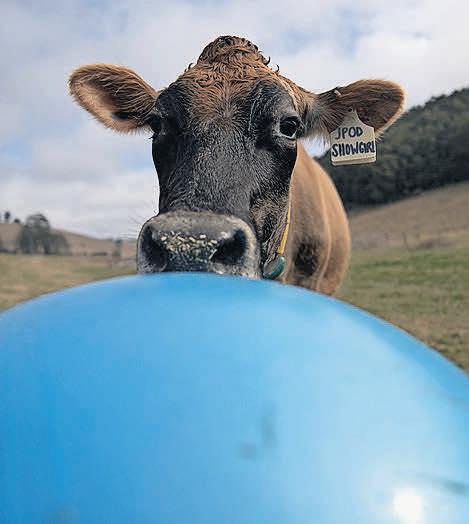
After easing over the first half of 2023, Australian farm input costs having started to climb again.
A significant proportion of world fertiliser and grain trade remains caught up in the conflict in Ukraine, particularly since Russia’s recent exit from the Black Sea grain corridor deal.
International demand has returned for Australian grain, as crop production prospects are diminished by unfavourable conditions in the Northern Hemisphere, and China lifts tariffs from Australian barley.
While global indicative fertiliser prices have eased, the Australian market tells a different story. Reports have surfaced of some suppliers rationing urea to customers in the face of growing demand.
Turning to home-grown feed, average yields are expected overall, but a range of heightened risks and increased regional variation pose challenges, alongside the potential impacts of
For processors, the Australian market has held more attractive returns compared to exportable commodities, however, with local buyers importing 17.3 per cent more dairy (over 2022-23), domestic Australian dairy prices are now increasingly under pressure as well.

delayed urea shipments yet to be realised.
Additionally, the just-declared El Niño event could bring drier conditions that Australian farmers are no stranger to.
Feed availability will vary region to region, as the legacy of past La Niña events wears thin in some but holds strong in others.
The net impact will likely equate to average yields overall, but with the unwelcome assurance of minimal feed price declines.
Other key global dairy exporting regions, including New Zealand, the United States and Europe, recorded production growth over the first half of 2023 but are now showing signs of stabilisation. Variable weather conditions and declining herd numbers are key drivers, with tightening margins exacerbating the trajectory.

Weakened global demand, particularly from China, has weighed substantially on dairy export prices.
Despite inflation easing in some parts of the world, cost pressures continue to drive consumer behaviour. Many are still spending
cautiously, and importers continue to buy in a hand-to-mouth fashion.
As such, farm gate milk prices have significantly declined around the globe; in some places the inability of farmers to break even is in the spotlight.
The most notable example is NZ, where milk prices have rapidly retreated to a midpoint around A$6.65/kg MS, far below Australia’s farm gate milk prices.
Australian export commodity prices have followed the downwards trajectory.
Stiff competition from NZ and the Northern Hemisphere on product sales and high Australian farm gate milk prices, present a difficult situation for exporters.

Domestic dairy returns are also facing competition from cheaper international product.
For processors, the Australian market has held more attractive returns compared to exportable commodities, however, with local buyers importing 17.3 per cent more dairy (over 2022-23), domestic Australian dairy prices are now increasingly under pressure as well. While competing in a weak global dairy market, Australian dairy processors are facing pressure.




Global dairy markets are sluggish and Australian farm gate milk prices have not followed international trends.
In the absence of a significant rebalance in global markets, exports will remain a tough business and import pressure will grow.
While there are many challenges at play and more lie ahead, strong farm gate milk prices set for the rest of the season will hold Australian farmers in the best possible position for what may come.
Isabel Dando is a Dairy Australia industry analyst.

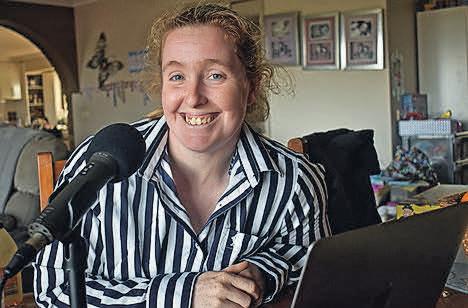 Cows come out to play. PG.19
More than milk and poo. PG.6
Cows come out to play. PG.19
More than milk and poo. PG.6

THE AUSTRALIAN Competition and Consumer Commission has announced a delay in presenting its findings on the proposed acquisition of two Saputo milk processing plants by Coles, according to eastAUSmilk.
The ACCC was due to present its final findings on the proposed acquisition on September 14, but eastAUSmilk said it had delayed the report indefinitely, pending receipt of further information from the parties involved (Coles and Saputo).
EastAUSmilk CEO Eric Danzi said eastAUSmilk had several times during the ACCC review made submissions raising possible consequences of a completely unregulated acquisition.
EastAUSmilk had urged the ACCC to ensure, if the acquisition proceeded, that conditions were attached to it which protected dairy farmers and other milk processors from the effects of reduced competition which would arise.
In July this year, ACCC published a Statement of Issues outlining their competition concerns and asked of further submissions.
The two milk processing plants in question are at Laverton North in Victoria and Erskine Park in NSW, and the ACCC expressed serious concerns at reduced competition in the central coast area of NSW and impacts on other processors.
In eastAUSmilk’s view, this impact could
be felt from central NSW up into southern Queensland.

EastAUSmilk said the ACCC would announce a revised decision date in due course.
Meanwhile, Australian Dairy Farmers is calling on the ACCC to oppose the proposed takeover of two Saputo processing sites by Coles.
ADF does not want to see the proposed deal
disadvantage dairy farmers or reduce competition in the dairy supply chain.

ADF believes that if the ACCC approves the acquisition, Coles will have a vertically integrated supply chain from farmer to processor, to retailer, to consumer.
“The deal will not improve transparency, bargaining power imbalances, information
Australia’s peak dairy advocacy body, the Australian Dairy Industry Council, is calling for Federal Water Minister Tanya Plibersek to drop her plan for water buybacks.
ADIC is also inviting the minister to visit the dairy industry in the Murray-Darling Basin, especially in northern Victoria and southern NSW.
Ms Plibersek has introduced to Federal Parliament changes to the Murray-Darling Basin Plan that would see water buybacks used to get the full 450 Gl of water for environmental flows delivered by a new deadline of June 2027.
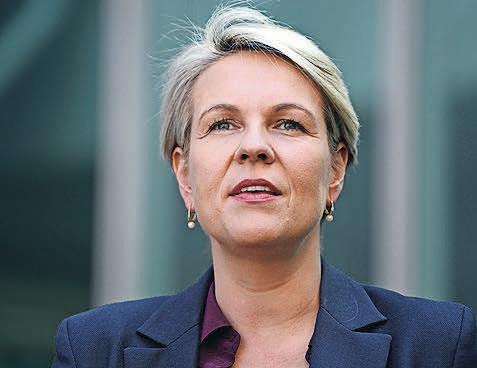
ADIC chair Rick Gladigau welcomed the much-needed extension but warned buybacks were not the answer.
“No-one cares more about the Murray River than the communities that live alongside it. But right now, they’re extremely angry and they’re extremely concerned,”
Mr Gladigau said.
“There are alternatives to buybacks and better ways to achieve environmental outcomes.
“Buybacks permanently remove the water from key food-producing regions, driving up the price of water and increasing the cost of food production.”
Mr Galdigau encouraged Ms Plibersek to visit dairy farmers, dairy processors and associated communities along the Murray River, especially in northern Victoria and southern NSW, and to hear first-hand the impacts this policy would have.
“The dairy industry is calling for an innovative and outcomes-focused approach,” he said.
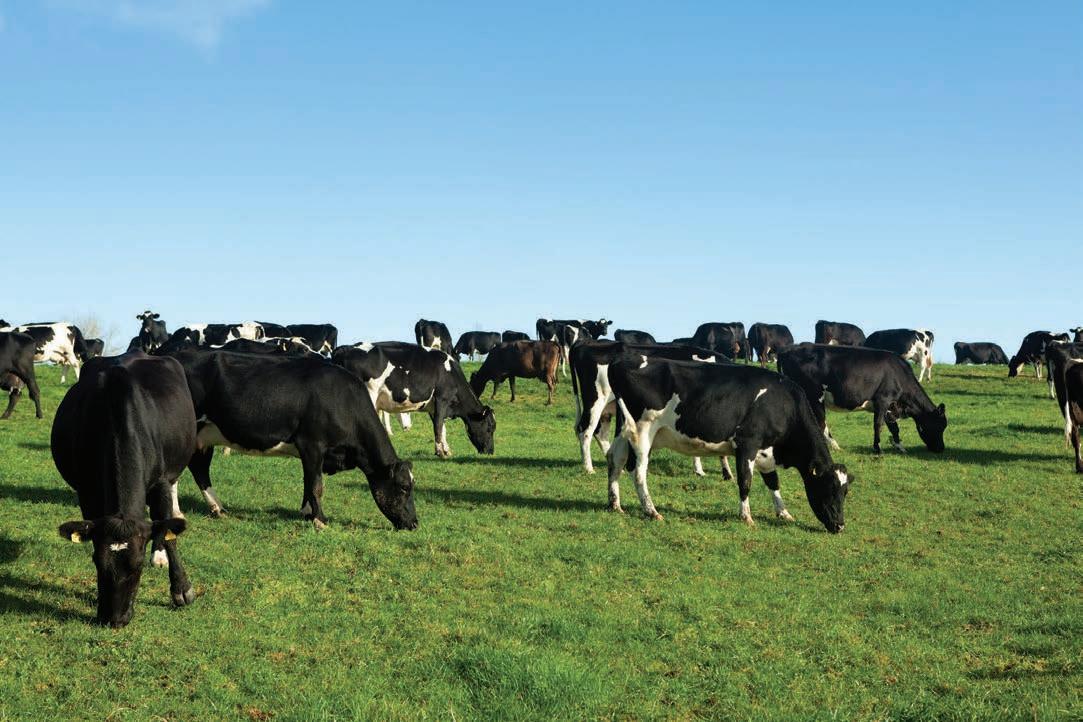
“Buybacks are a blunt instrument creating trauma for communities, leading to job losses and reduced investment.”
Mr Gladigau said the dairy industry in the Murray-Darling Basin contributed to the employment of almost 7000 people, directly and indirectly, across more than
sharing, or competition — not for farmers, processors, other milk brands, or consumers,” ADF president Rick Gladigau said.
“If the ACCC does approve the Coles acquisition of Saputo sites, ADF calls on the ACCC to ensure that Coles and Saputo provide enforceable undertakings to protect dairy farmers,” he said.
farm gate value of more than $1 billion.
He said basin plan began in 2012, farm numbers had fallen by 47 per cent and milk production had dropped 35 per cent.
“The minister’s approach to drop the social and economic test has a very real impact on communities, jobs and food production, and effectively throws aside the spirit of bipartisanship that has held for 11 years through other challenges.
“What we have now is more stress, uncertainty, and frustration for communities in the basin.”
Mr Gladigau said the industry had provided a range of other options around water efficiency projects to progress recovery.
“There’s no easy answer to our water challenges, but just pushing through the first option to hand isn’t going to solve
Federal Water Minister Tanya Plibersek has been urged to visit dairy farms and processors in the southern Murray-Darling Basin.Situation and Outlook Report shows the industry is navigating a challenging global market, amidst strong farm gate milk prices and growth in retail value.
The report said lower export prices were a result of weakened global demand for dairy products, particularly from China.
Meanwhile, cost of living pressures continue to impact how consumers spend and, as a result, importers globally are buying substantially reduced volumes of product.
The bright spot for Australian dairy farmers is the strong farm gate milk prices set for this season.
Competition for milk among processors was fierce following the announcement of minimum milk prices at the start of June.
Despite a five per cent contraction in milk flows during the 2022-23 season due to weather, flooding, labour issues, resource competition and farm exits, growth was recorded in the final months.

As we transition to spring, the report said, the Australian milk pool is expected to see further year-on-year growth, recovering from last season’s production dip due to flooding.
“Strong farm gate milk prices place Australian farmers in the best possible position as the industry faces challenges,” Dairy Australia’s industry analyst Eliza Redfern said.
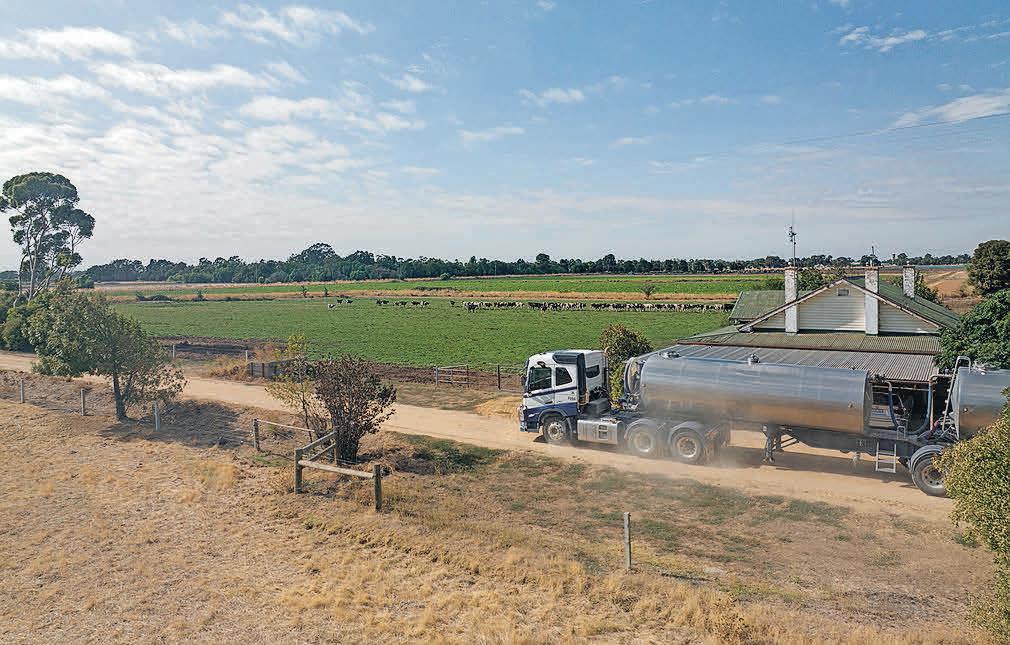
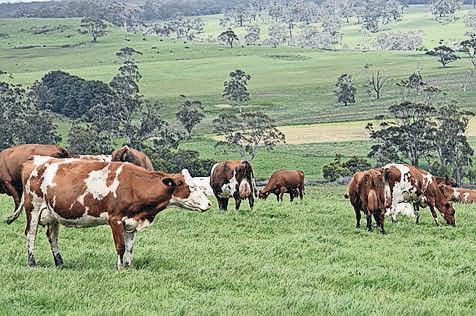
“Australian farm gate milk prices run counter to trends in the global market,” she said.
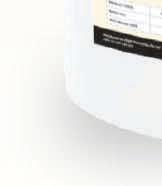
“New Zealand, in particular, has seen a rapid drop in milk prices, far below Australia’s levels.
“Additionally, stiff competition of dairy products from New Zealand and the Northern Hemisphere being sold in Australia and internationally, presents a difficult landscape for Australian manufacturers to operate in.”
Other global dairy exporting regions like New Zealand, the United States and Europe initially recorded production growth in 2023 but are now stabilising.
Variable weather conditions and declining herd numbers, along with tightening margins, are also factors at play.
The report said dairy had continued to deliver value growth in the retail sector and was a prominent product category for Australian retailers.
Dairy retail prices have increased at the fastest rate compared to all other food groups, with the total value of dairy products sold offsetting any declines in volume sold.
Fresh milk ranks third in total retail market value growth, closely followed by cheese in fourth place and yoghurt in ninth.
After a temporary easing in the first half of 2023, farm input costs are climbing again, the report said.
The Ukraine conflict has disrupted global
Farm gate milk prices remain at a relatively high level for Australia’s dairy farmers, but climate, input prices and global markets are areas of concern, according to the Dairy Australia’s latest Situation and Outlook report.
United Dairyfarmers of Victoria (UDV) president Mark Billing reinforced these issues in an interview with Dairy News Australia on September 22.
“The good news is farm gate milk prices set for the season will help to lessen the impact of rising input costs,” the Dairy Australia report found.
Mr Billing said the milk prices were at a comparative high compared to global farm gate payments, and above the price New Zealand colleagues were being paid, which was, in his estimation, below the cost of production.
“That’s a situation we don’t want to return to in Australia.”
He said dairy farms were still carrying a load of debt, due to the historic low prices.
One outcome of the low prices across the Tasman was importing cheaper dairy products to the Australian market, competing with Australian products in Australian supermarkets.
Next generation calf supplement based on innovative research and development; contains:
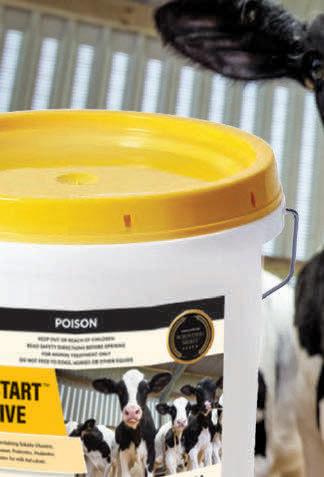
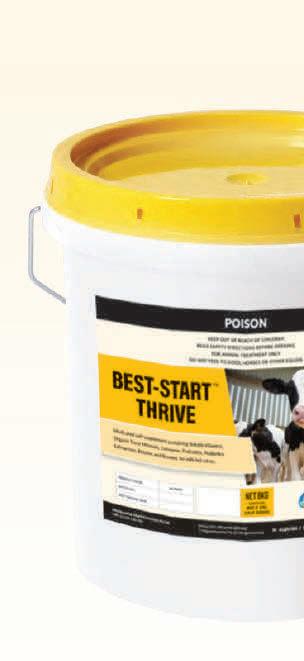
Bovatec® - research proven to control clinical signs of coccidiosis
Celmanax™ - research proven to reduce the incidence, severity andduration of scours(including cryptosporidiosis)
Safmannan® – research proven to improve immune response and bind a broad spectrum of major pathogens (E. coli and Salmonella)
Betaine – osmoregulator to aid hydrationandgutwallintegrity
Soluble Vitamins and Organic Trace Minerals suppliedinquantities to meet or exceed the calf’s daily requirements
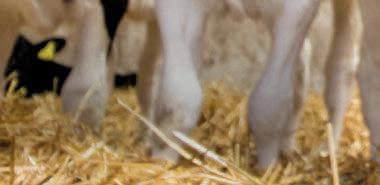
Prebiotics&Probiotics to aid digestionandgutmicrobialbalance
(15 billion CFU per 10 gram dose)
For more information, or to locate your local stockist, call Jon Reynolds. 4Sight Global | www.4sight.bio | jon@4sight.bio | 0423 008 495
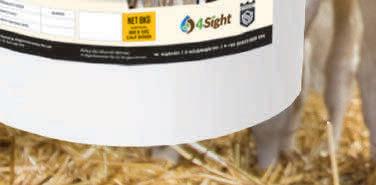
fertiliser and grain trade, impacting Australia’s market. While global fertiliser prices have eased, Australian suppliers are facing growing demand, with reports of urea rationing. Additionally, there are heightened risks and regional variations to the outlook for homegrown feed.
However, the Situation and Outlook report found liquid milk and dairy products were holding their own in the Australian market.
“It’s good to see dairy prices are holding their own, due in part to the minimum price required under the dairy code and competition for the milk pool (now at about eight billion litres) encouraging processors to pay a bit more.”
Globally, Mr Billing said the recovery of the Chinese market was slower than expected, which was having a bigger impact on New Zealand than Australia because of their dependence on exports.
“We’re hoping that demand will come back, globally.”
Of the input prices, fertiliser remained high, despite a drop over the past year.
The Situation and Outlook report notes big decreases in fertiliser costs, but these falls
Overall, yields are expected to be average, supported by larger crop planted areas, but minimal feed price declines are anticipated.
ɋ For more information and to view the latest Situation and Outlook Report, visit: dairyaustralia.com.au/sando
have occurred from a high starting point.

“We need to keep in mind that Australia does not have the ability for large scale urea production, and the global market has been affected by the shortage of raw materials supplied by Russia, which has been interrupted by the war in Ukraine.”
Mr Billing said climate and weather were a major concern for farmers without irrigation.
Parts of Gippsland in July had the lowest rain on record, while south-west Victoria had experienced dry conditions in some parts of winter.
“There are some good looking crops in northern Victoria, but I have seen some which will soon need a good drink.”
The announcement of an El Niño on September 19 was a warning of warmer and drier weather ahead.
Milk prices are up, but so are inputs.We changed to BEST-START THRIVE this season - it’s been an absolute game-changer for calf health and condition!
CHLOE BROWN wants the world to know that dairy farming isn’t just poo, mud and milk.
As a first-generation dairy farmer in the industry a little more than a decade, Chloe is making her mark as co-creator of Cream of the Crop dairy conference for women, on the DemoDAIRY Foundation board, Fonterra Australia Supply Council and Young Dairy Network leadership team, but it’s her podcast that’s closest to her heart.
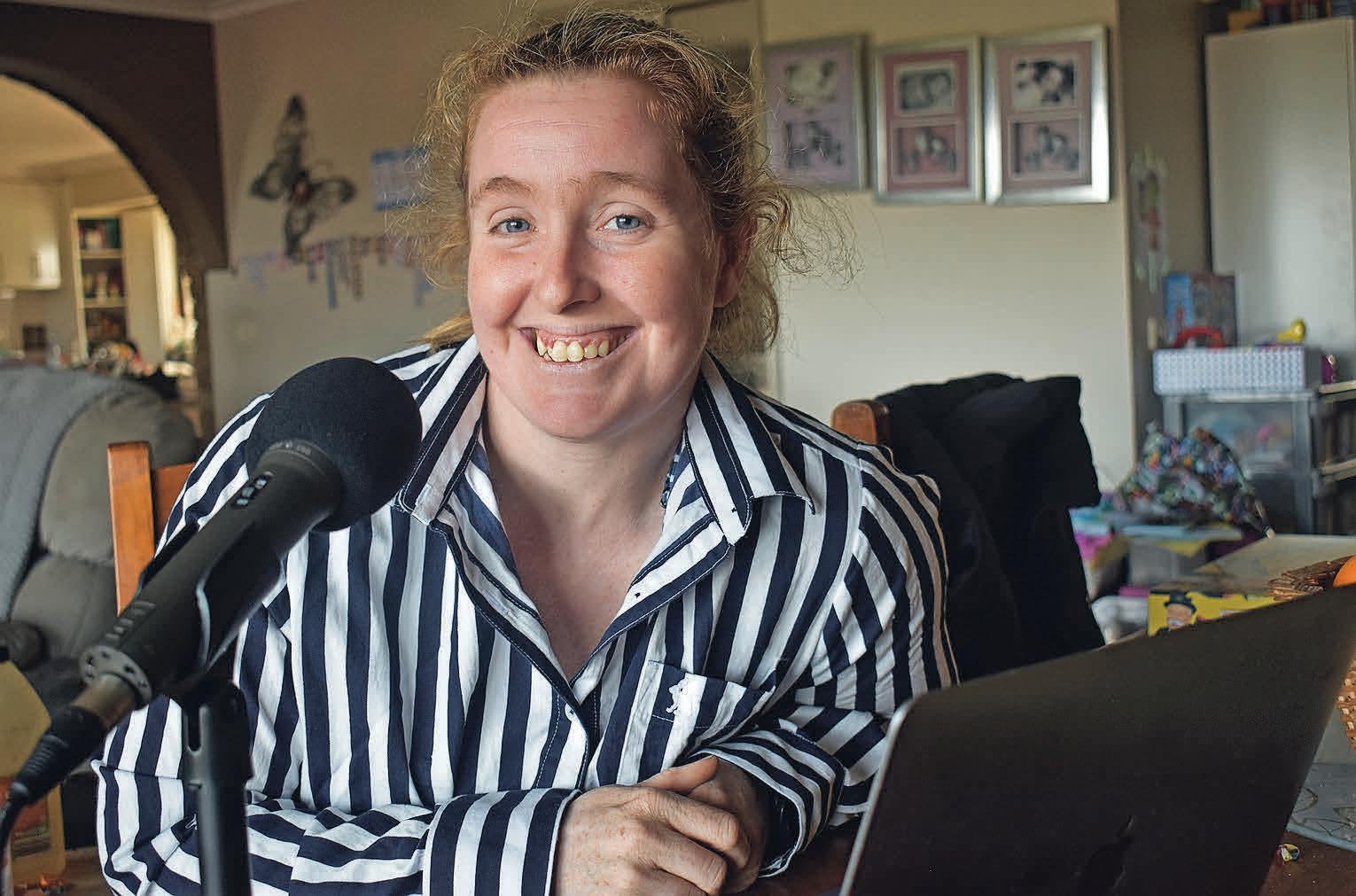
Chloe is using her More Than Milk podcast to promote the goodness in dairy and to dispel myths about the industry.
“People usually think of dairy as dirty and muddy and covered in cow poo,” Chloe said.
“The story has always been that it’s a hard slog, you’re out in all conditions, you work big hours and there’s no money in it, but that’s not the case. We can farm however we want to farm.
“No-one is romanticising dairy. Dairy doesn’t get beautiful drone pictures of a harvester taking off wheat. No-one thinks like that for dairy and I want to change that.”
Chloe grew up on a beef and sheep farm at Hawkesdale and when she met her dairy farmer husband Rodney in 2010 didn’t know the difference between a heifer and a steer.
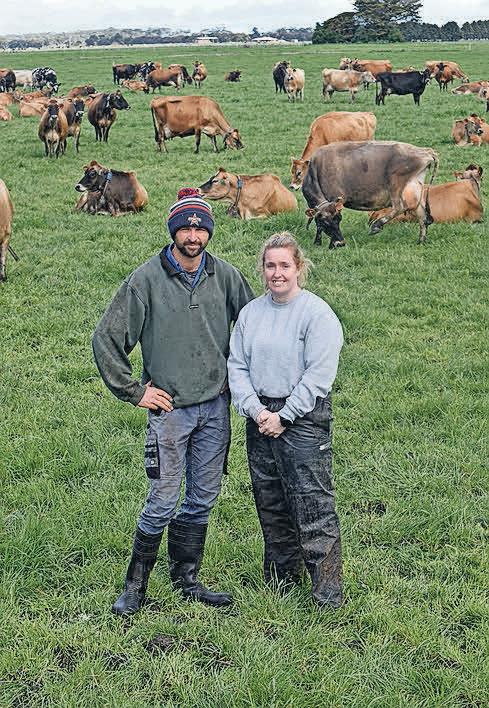
“I was at uni doing biomedical science when I met Rodney, but I wasn’t farming smart,” she said.
She also started courses in nursing and health promotion — never finishing any of them — but finally found her passion on a dairy farm.
The couple sharefarmed with Rodney’s parents, enduring the loss of their first daughter Ashley at one month in 2013.
“I didn’t know what I wanted to do with my life,” Chloe said.
“The survival mechanism for us was to farm; every day we had to get up and milk the cows and do it together.”
They now lease the Brown family farm and have since had two daughters, Charlotte and Eleanor, who share their love of farm life.
Chloe’s industry involvement stemmed from her desire to connect with other people.
“I felt intimidated going to discussion groups,” Chloe said.
“Rodney is not a social butterfly, but I had the desire to meet new people and learn more things.
“I met Renata Cumming and Lucy Collins, both new to western Victoria, and we all wanted to know our roles in the industry and to get to know more people, so we created Cream of the Crop to provide a safe space for women to ask questions and learn about their place in the industry.”
After two successful events, the third Cream of the Crop is planned for 2024.
An invitation to speak about her journey and Cream of the Crop at the NSW Women in Dairy
Bale Up conference led to the podcast idea.
“I came home from that thinking why are we not telling these stories — we could do a podcast,” Chloe said.
“If I had someone tell me when we first started that there’s no right way or wrong way to farm, I would have cruised through.
“I wouldn’t have had such self-doubt and we would have made better decisions earlier in the piece.
“The more you know, the better you can make informed decisions.”
More Than Milk was born and has been delivering weekly episodes since the start of 2023, sharing stories from farmers and industry representatives from across Victoria and NSW.
There are no cameras, just a microphone.
“I didn’t want to have people get caught up in what it looks like; it’s just a chat with a microphone and people sharing their stories.”
Chloe aims to focus on the diversity in dairy, in both the people, the jobs and the farming practices.
For example, Chloe and Rodney milk around 8am and 5.30pm to 6pm because it suits their family life.
“We’re lucky with grandparents helping with babysitting, but we’ve set the milking times so I can do the school runs and the kids get to see both of us,” Chloe said.
Chloe says More Than Milk improves her as a farmer.
Editor
“You meet people farming from all areas and I can bring information from those conversations back to the farm,” she said.
“I get to see what other people are doing and the more industry stuff I do makes me a better farmer.”
Chloe likes to do the interviews in person rather than on the phone and later returns home to edit and promote them on Spotify, Apple, and other streaming services.
The title was one of the hardest things to decide.
“I wanted to highlight that there’s so much more to the industry than just milking cows,” Chloe said.
“Whatever your passion is, you can do it in dairy. I can show there isn’t just one pathway in, there isn’t just one way to farm, there isn’t one type of person in the dairy industry.
“There are so many fascinating people that undervalue their own stories. I include old people who have been in it for a long time and have that history, new farmers, industry people, anyone with a good story
“I want to hear the people we don’t hear from. It would be easy to do the loud people we always hear from, but I want to bring in others.”
The first episode had about 900 listens across the various formats, but most average 250 to 300 in the first week and then they continue to grow incrementally.
Chloe admits she has “way too much courage” when it comes to asking questions, but enjoys having her friendly industry chats.
“I have a list a mile long to do,” she said.
Dairy
welcomes contributions from stakeholders in the dairy industry, and particularly from organisations wishing to advance the industry.
Contributions and photos can be sent to: editor@dairynewsaustralia.com.au
Letters to the editor on topical issues are also welcome.
Letters should be concise and carry the name and town address of the author, as well as a contact phone number, not for publication.


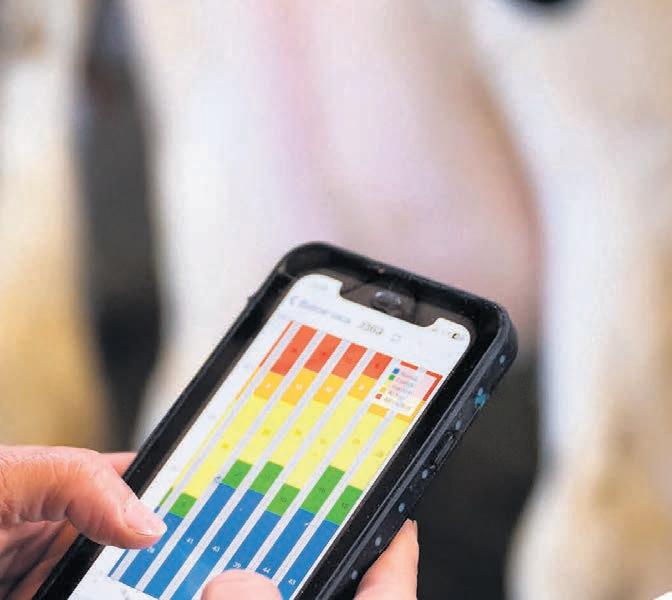

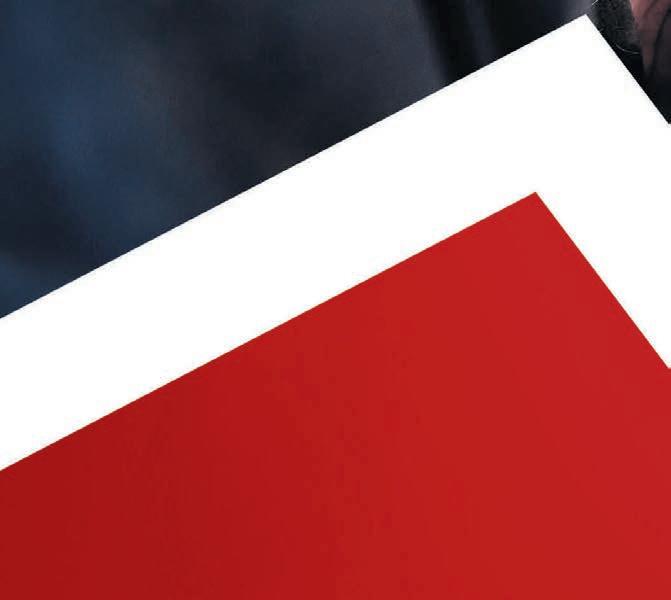




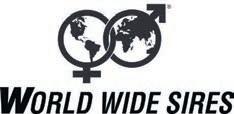






















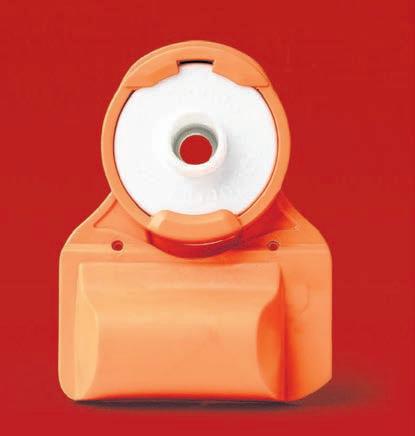

THE BRIGHTEST minds in dairy are coming together to showcase the industry’s most recent scientific research and developments in carbon, sustainability, business and farming production for the Dairy Research Foundation’s Symposium in November.
Held at The University of Sydney’s Camden campus and Corstorphine Farm, the Dairy Research Foundation’s (DRF) Symposium will attract more than 200 industry providers on Tuesday and Wednesday, November 7 and 8.
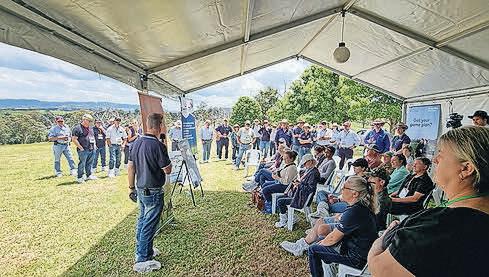
Presentations from leading industry experts and speakers, including DairyNZ chief executive Tim Mackle and University of Melbourne’s Professor Richard Eckard, will review a range of topics on the future challenges for dairy science including discussions on the carbon ‘reality’ for Australian dairy farmers, industry impact on carbon emissions, resilience in the industry and emerging science topics.
“We have a fantastic program this year that goes from international and top Australian speakers shining a light on the carbon reality for dairy farmers,” Dairy Research Foundation director Sergio Garcia said.
“There will also be a dairy farmer-only panel and Q&A on farming resilience and how to grow the business during adverse years, discussing
challenges for farmers and on-the-ground solutions for real-life farming applications.”
A key contributor to dairy science, the symposium nurtures and develops young scientists and scientific research in the dairy industry.
On day two of the symposium is an Emerging Scientists Program, where scientists from The University of Sydney present their various dairy-related projects and how the findings may be implemented on a farm.
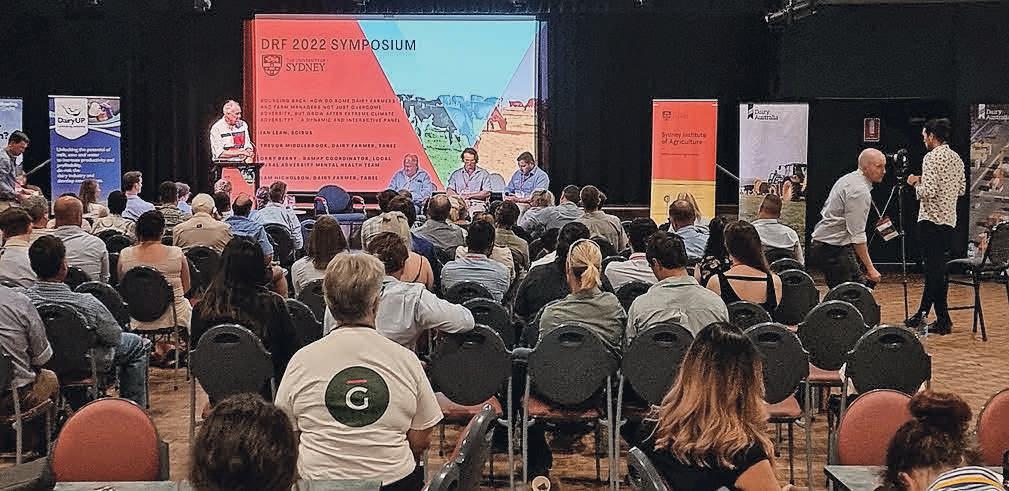
Juan Gargiulo — a PhD graduate, former ‘emerging scientist’ and dairy industry professional — said of the symposium was an
With a primary focus for farmers being on reducing their carbon footprint, Professor Richard Eckard believes a broader lens needs to be applied — focus on carbon but prepare for the future, and the future is biodiversity.
Prof Eckard is a keynote speaker at the Dairy Research Foundation Symposium in November at Camden, NSW.
With big changes coming to the dairy industry, his advice could mean the difference between a thriving dairy business and one that struggles to keep up with rapid change.
“I’d like to help dispel some myths,” Prof Eckard said.
“The biggest problem in the dairy industry is misinformation from self-interested salespeople who are trying to sell farmers carbon projects. There are some aggressive sales techniques going on with these ‘carbon cowboys’,” he said.
“But let’s not have a myopic focus on carbon, the next big ticket is biodiversity and we’ve got to be certain not to make
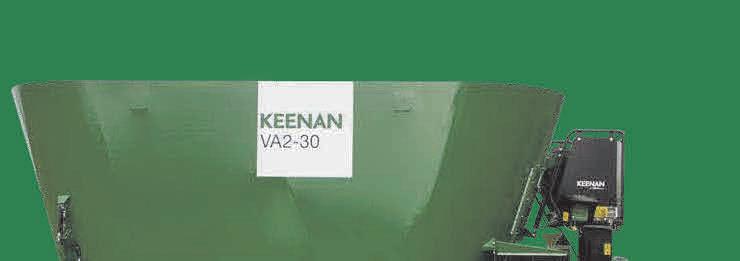
choices on carbon that lock us out of biodiversity in the future.
“If you sell your carbon credits then someone else owns your biodiversity as well.”
A regular speaker at agricultural events in Australia, New Zealand, Ireland and the Netherlands, Prof Eckard helps to prepare farmers for the future of farming and sustainability and is acutely familiar with the concerns facing Australian dairy farmers.

As the director of Primary Industries Climate Challenges Centre at the University of Melbourne, Prof Eckard also chairs the boards for International Technical Advisory Committee to the Low Nitrogen Systems Program and International Review Committee to the New Zealand Centre for Agricultural Greenhouse Gases.
He will provide Dairy Research Foundation Symposium attendees with a guide on how to select responsible aggregators — those who are interested in the long-term health of dairy farmers, their farms and for long-term sustainability.
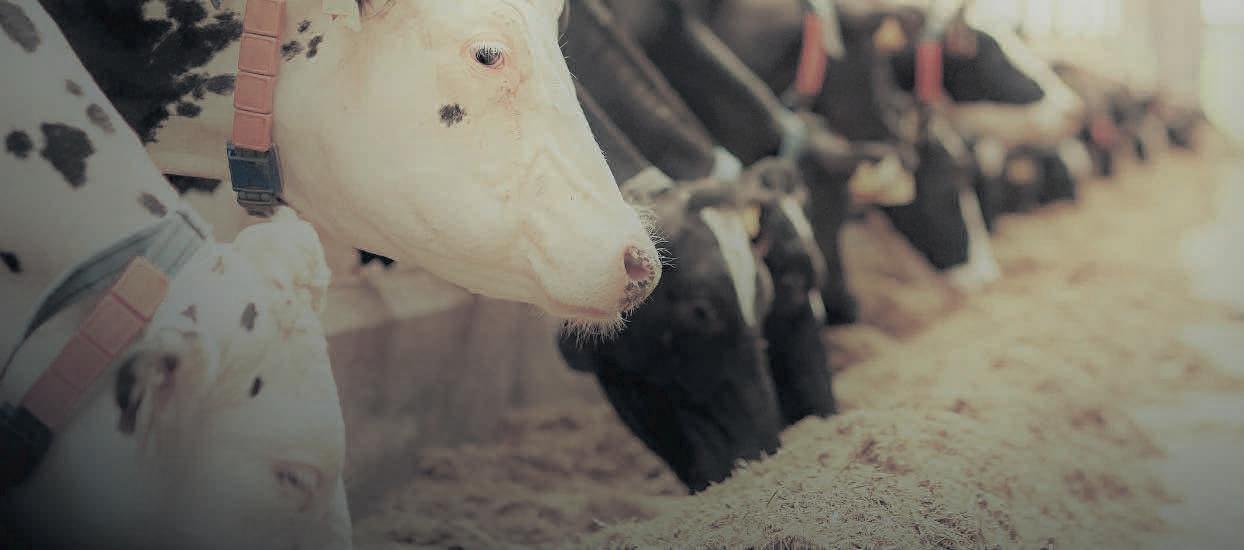
invaluable platform for emerging scientists, bridging the gap between research and practical dairy farming.
“It's a space where we can engage directly with farmers and service providers, share our findings, and gain first-hand insights,” Mr Gargiulo said.
“This exchange of knowledge not only enriches early-career scientists but also
contributes to a more informed and innovative NSW dairy industry.”
The University of Sydney’s Dairy Research Foundation is an excellent opportunity for dairy industry stakeholders to showcase their products and services to an audience of relevant and interested parties.
For more information, go to: https://www. drfsymposium.com.au/
“You’ll want to consult someone independent like Aaron Simmons [also a speaker at the symposium] who understands the changing landscape in the industry and is aware of the bigger picture,” Prof Eckard said.
He will also advise on upcoming carbon requirements, where the drive for reduction is coming from (hint: it’s in the supply chain) and simple accounting methods farmers can implement now to save years of backlog in the future.
“Let’s not lose sight of where the Australian dairy industry sits — we are in a global supply chain, we need to be aware of global requirements moving forward.
“There’s a few simple steps farmers can take, but they’re not all cost-effective. I’ll give you a guide as to how to select the best path forward for your farm and what data you need to start keeping to demonstrate your progress.”
His number one piece of advice is “keep your carbon and table it towards your supply chain”.

What if you could proactively improve calf and cow health sothey can better withstandchallenges, including those caused by mycotoxins?
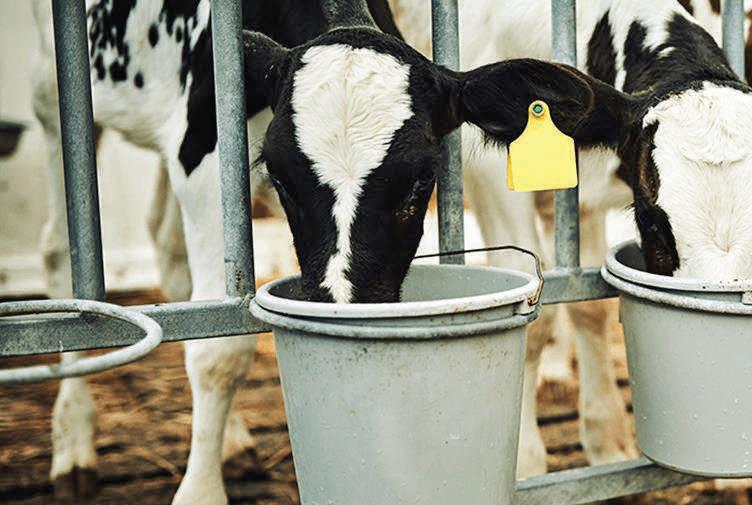
What if you could control calf diarrhea before an outbreak, and reduce the incidence, severity and duration of other common diseases that affectthe feedconversion efficiency of lactating cows and your bottom line?
What if you could add nutritional insurance to every stage of your cattle’s lives resulting in healthier heifer calves that join the milkingherd ready to contribute at a high level, and lactating cows that spend less time off feed.
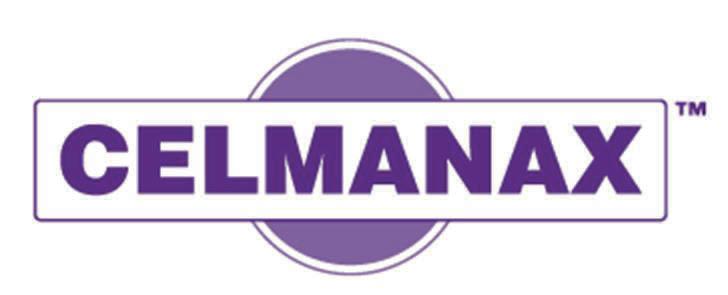
Has been shown to:
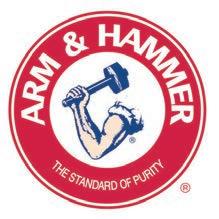
•Agglutinates and binds E. coli and Salmonella enterica.
• Agglutinate and bind E. coli and Salmonella enterica
•Reduces the incidence, severity and duration of mastitis and cryptosporidiosis infection.
• Reduce the incidence, severity and duration of mastitis and cryptosporidiosis infection

• Reduce blood stress markers during and after transport and temperature stress.
•Reduces blood stress markers during and after transport and temperature stress.
• Minimise cytotoxic damage caused by a variety of mycotoxins and carryover of aflatoxins in milk
•Minimises cytotoxic damage caused by a variety of mycotoxins and carryover of aflatoxins in milk.
• Improve weight gains and performance in calves and milk yields in lactating cows

•Improves weight gains and performance in calves and milk yields in lactating cows.
Distributed By:
AFTER A three-year spell, the NSW Ayrshire branch held its annual calf show in Camden in September, making it the 37th show in the history of the event.
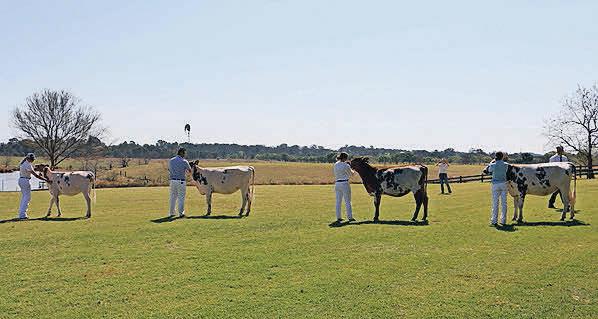
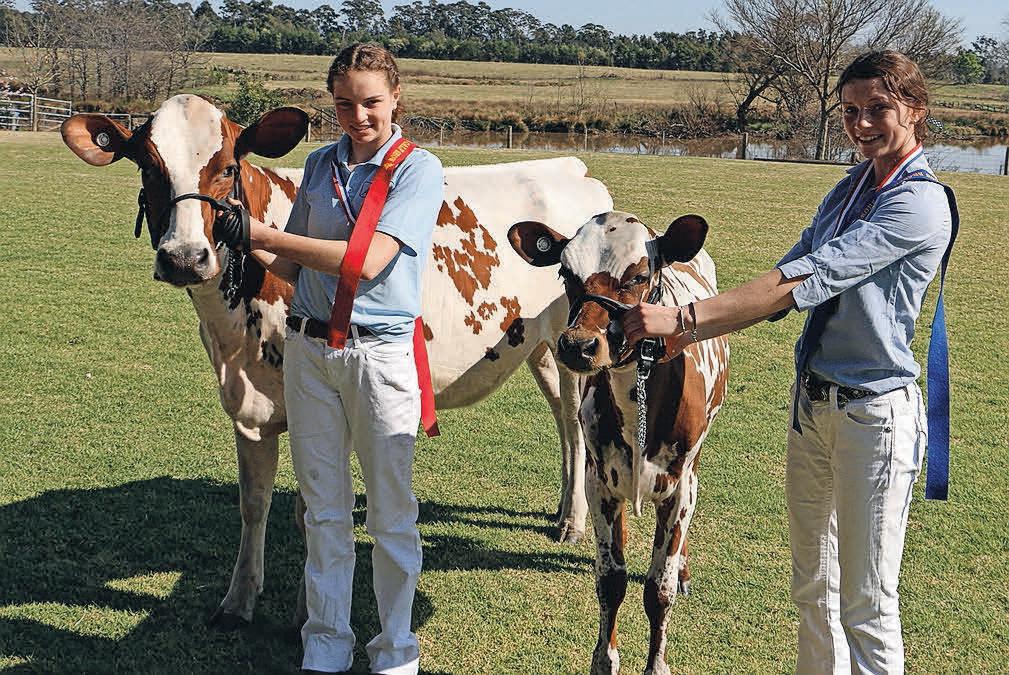
President Mick Eagles said it was great to have the event up and running again and he was extremely pleased with the turnout.
“We had 28 entries across nine exhibitors and even though numbers were a bit down due to some exhibitors unable to attend due to illness, we were happy with the whole day and the quality of the animals,” Mick said.
“It was also good to be able to catch up with exhibitors we haven’t seen for a few years as well.”
The Ayrshire calf show has a long and proud history, having been first established at Hurlstone Ag High School back the 1980s.
“Hurlstone used to have a dairy back in the day and at the time the farmers got together and donated calves to the school to help the Year 7 borders overcome homesickness,” Mick said.
“The students then participated in the calf show and the tradition continued for many years.”
A change of circumstances and loss of land has meant the school has now moved away from dairy, however, the event has continued.
“Camden is the perfect place to hold a calf show,” Mick said.
“This used to be a really strong Ayrshire
region and even though some farmers have moved out to other dairying areas, there are still a couple of working dairies here.
“Many of the Ayrshires in our breed are descendants from this area.”
Mick said the Ayrshire society, like all minor breeds, is feeling the impact of a shrinking membership base.

“We have lost a few of our bigger farms over the last couple of years so it was good to have such a strong, standalone Ayrshire show, it was a really great day.”
Exhibitors travelled from as far north as Taree to as far south as Wagga, along with some from the Camden area (on the edge of Sydney).
Classes included calf under three months up to 19 months of age.
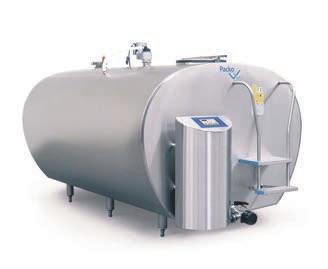
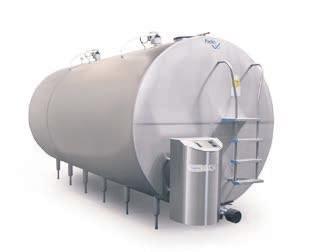

Judge Callum McPhee from Finley said it was great to head up to Camden and, as a Holstein breeder, get to judge some Ayrshires.
“From a judge’s point of view its great to be asked to judge a different breed,” Callum said.

“It was a great little show and there were some pretty good-looking animals on show, including Junior Champion Woodburn Park Signature Trifle, owned by the Biffin family from Camden.
“Senior Champion heifer Ghinni Creek Chariots of Fire, owned by the Eagle family from Taree, was also crowned junior champion Ayrshire at the Sydney Royal Show this year.”
Exhibitor and fifth generation Camden dairy farmer Todd Biffin was keen to get along and support the calf show; the fact his family won junior champion heifer was a bonus.
Sired by prominent Ayrshire bull Marlie Autograph, Trifle is one of the bull’s first calves in the country to hit the ground.
“Trifle is out of one of the better cow families in our herd. She is about seven months old and is a lovely looking heifer,” Todd said.
Showing was always a big part of Todd’s earlier life and he is keen to pass the experience onto his own family.
“In the past I went to a lot of calf shows and I am keen to get back into it with my boys Jesse and Brody.
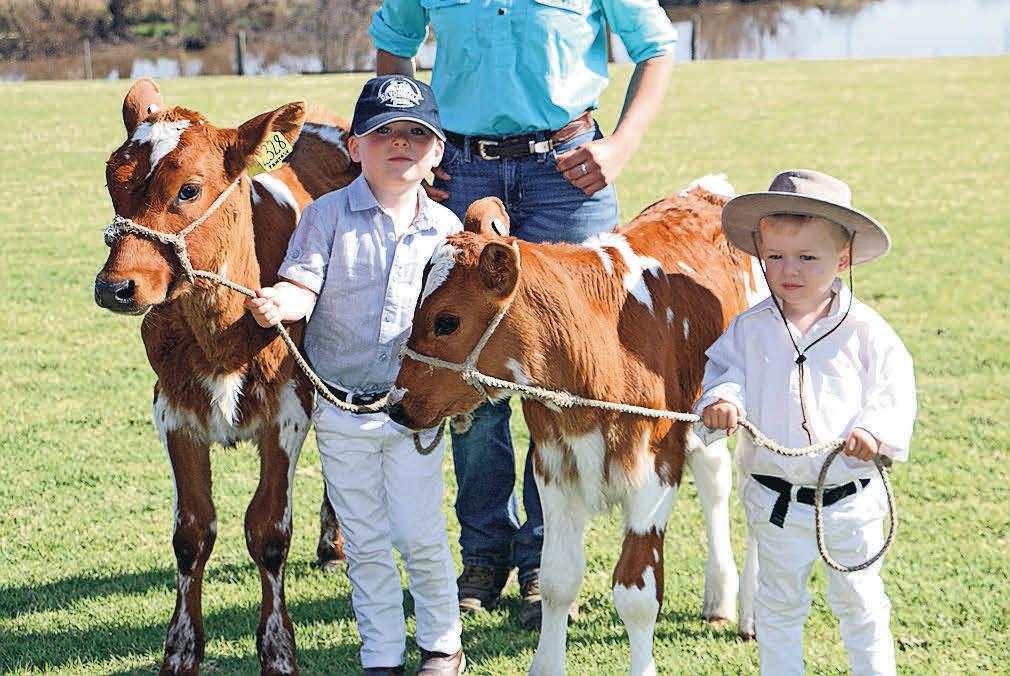
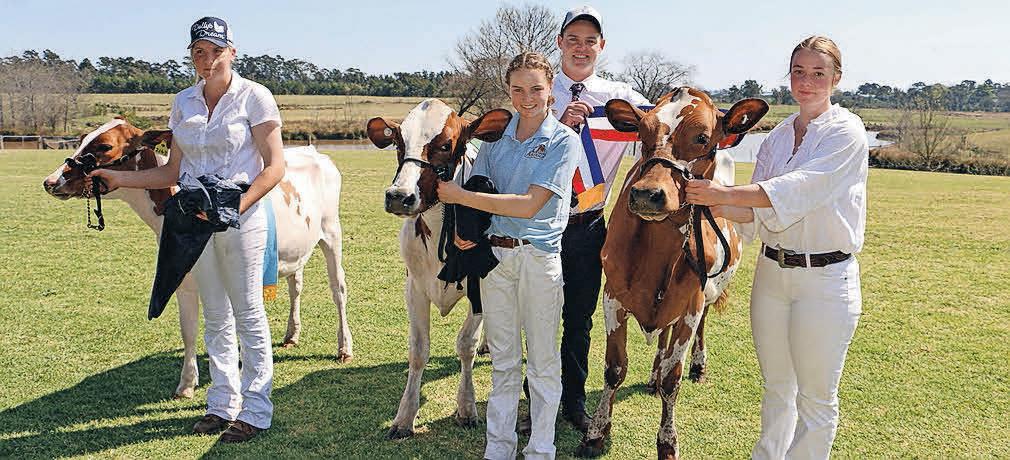
“Genetics and showing cows drove my passion to follow my parents into the dairy industry.
“I had a lot of fun over they years leading cows and calves around and I want my kids to have the same opportunity.”
Todd and his family milk 120 Holstein and Ayrshire cows on 93 ha.
Georgia Herne, Indiana Cole, judge Callum McPhee and Jess Eagles. Callum is sashing the Senior Champion heifer Ghinni Creek Chariots of Fire, owned by the Eagle family from Taree. Indiana and Matilda Cole. Jesse and Brody Biffin, from Camden, are starting their cow showing careers very early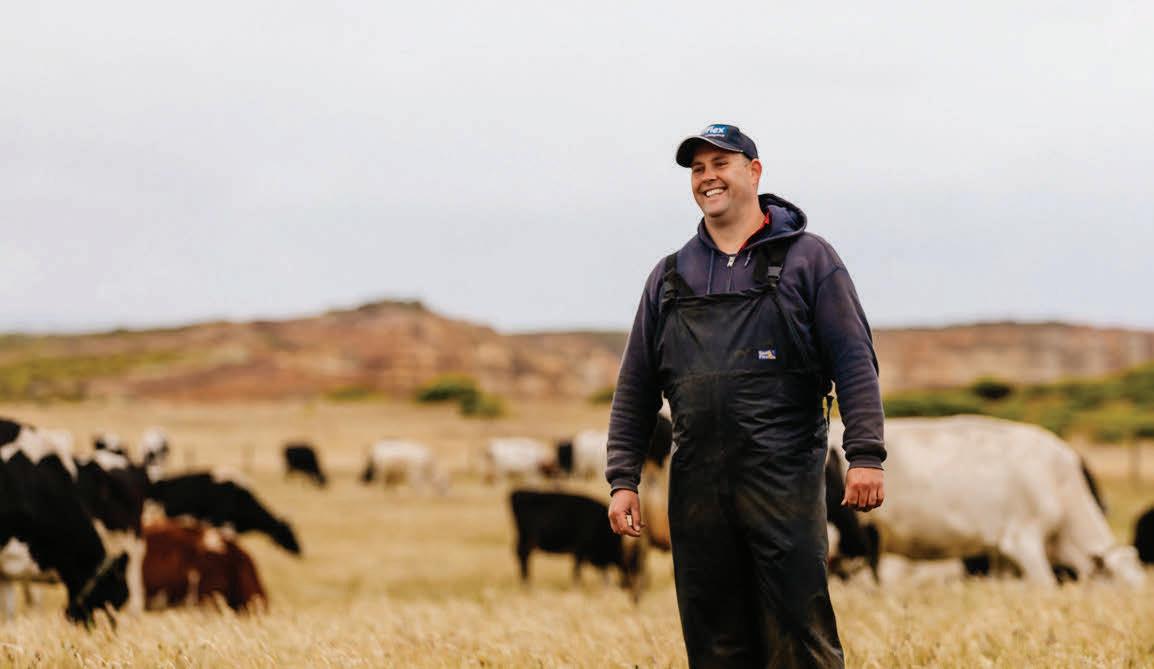


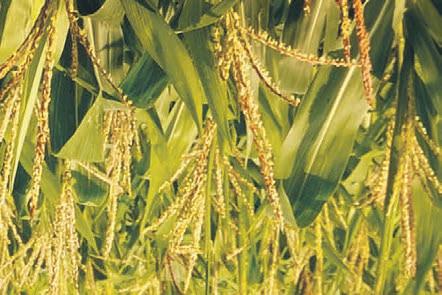
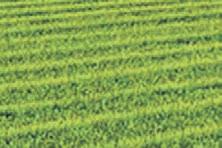





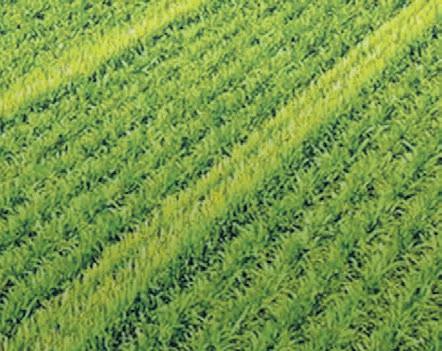
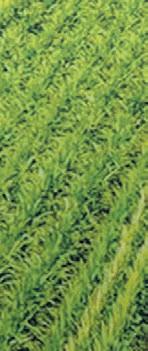
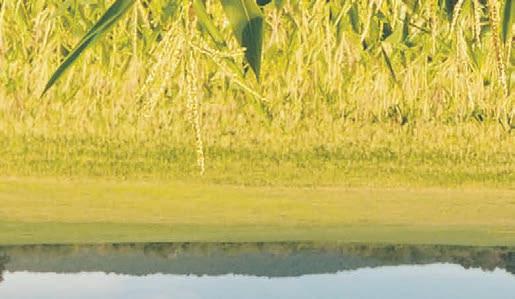
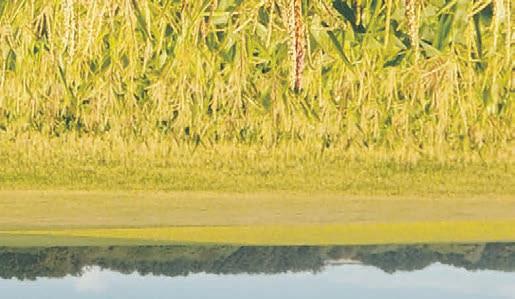
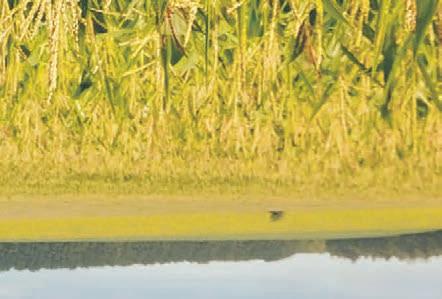




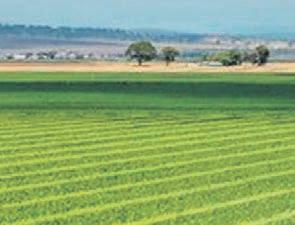







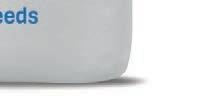



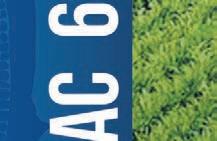



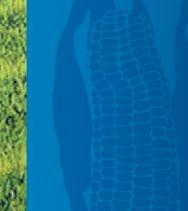
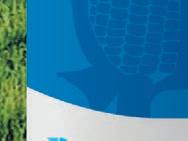




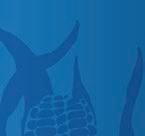



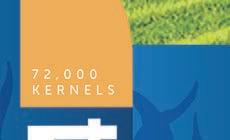

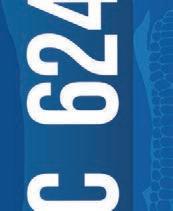



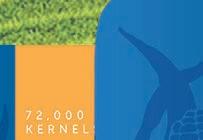
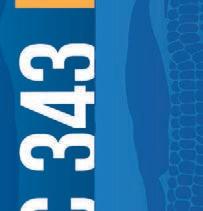


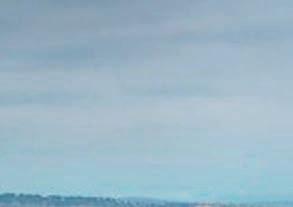
AUSTRALIAN JERSEY genetics will be highlighted at the world’s largest dairy expo with hopes that sales into North America could grow tenfold.
A joint trade site at World Dairy Expo in Madison, Wisconsin (in the United States), from October 1 to 6, has been initiated by Jersey Australia and will include Genetics Australia and AgriGene.


Jersey Australia general manager Glen Barrett said a joint trade site in 2022 had shown the possibilities for Australian Jerseys.
“The North American market is a potential 100,000 straw-a-year opportunity for Australian Jerseys but we’re lucky to get 10,000 in there at the moment,” Mr Barrett said.
“Australian Jerseys are well regarded as the best Jerseys in the world. They have good depth and width, good feet and legs and good capacity to perform in America.
“The biggest challenge we have in the North American market is that they don’t score well on the breeding values and the only way to fix that is to get more data in the system.”
Mr Barrett said the 2022 expo mission had set a good grounding for more export success.
“Last year’s trade mission identified that there is a viable market and we need to continue to support and encourage that opportunity and bridge the divide in getting product into the marketplace.”
Genetics Australia export manager Rob Derksen said last year’s delegation had opened doors for local genetics and a GA new
joint venture will create more opportunities this year.
“There was genuine interest in Australian genetics and all of the parties involved in last year’s delegation have since exported semen to the US,” Mr Derksen said.
“We’ve had recent inquiries from Jersey US about another of our bulls, Bigtop, after flyers were distributed at the expo, and we’ve recently sent semen to Canada from him and ASKN.
“ASKN has been widely exported throughout North America and has been mated to several



very high-profile cows.”
This will be the first GA visit to the US since the start of a joint venture with global herd improvement leader URUS Group LP, including the GENEX co-operative.
“We will be meeting with GENEX for the first time in the US since the start of the joint venture to discuss opportunities for Australian Jerseys and Australian genetics in general,” Mr Derksen said.
“There are a lot of international visitors to World Dairy Expo, particularly from Latin America, and our new partnership with URUS and GENEX will create more opportunities for our genetics.”
Agri-Gene general manager Chris McIlroy said the 2022 visit had been worthwhile and had prompted more interest in Australian genetics from the US and other countries.

“I think it’s good to have another follow-up,” Mr McIlroy said.

“We need to continue to promote Australian Jerseys and Australian genetics in general to the rest of the world.”
Mr McIlroy said demand for high-quality Australian Jerseys was growing throughout the world.

“In the US, Jerseys have been crossed with Holsteins and other breeds so Australia provides a good option for more pure Jersey genetics, and our grazing genetics also appeal.”
He said Agri-Gene was a distributor for many other countries and benefitted from seeing clients in the one location at the expo.

CHEESE WAS on the menu, in particular hand-crafted artisan cheeses that win international recognition, at the South Gippsland Dairy and Farming Expo.
The Dairy Industry Association of Australia hosted an event on September 6, the first day of this year’s dairy expo held at Korumburra, in Victoria.
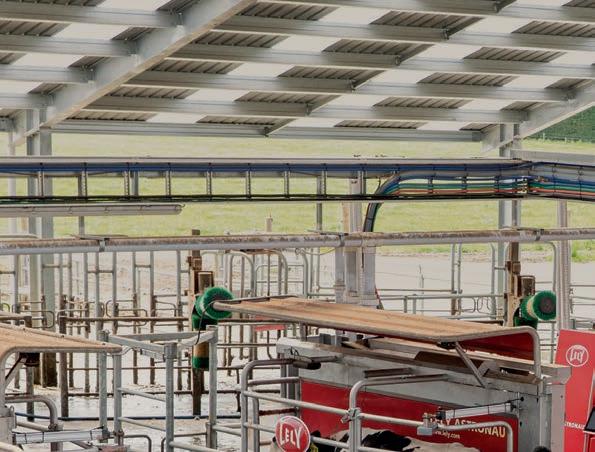
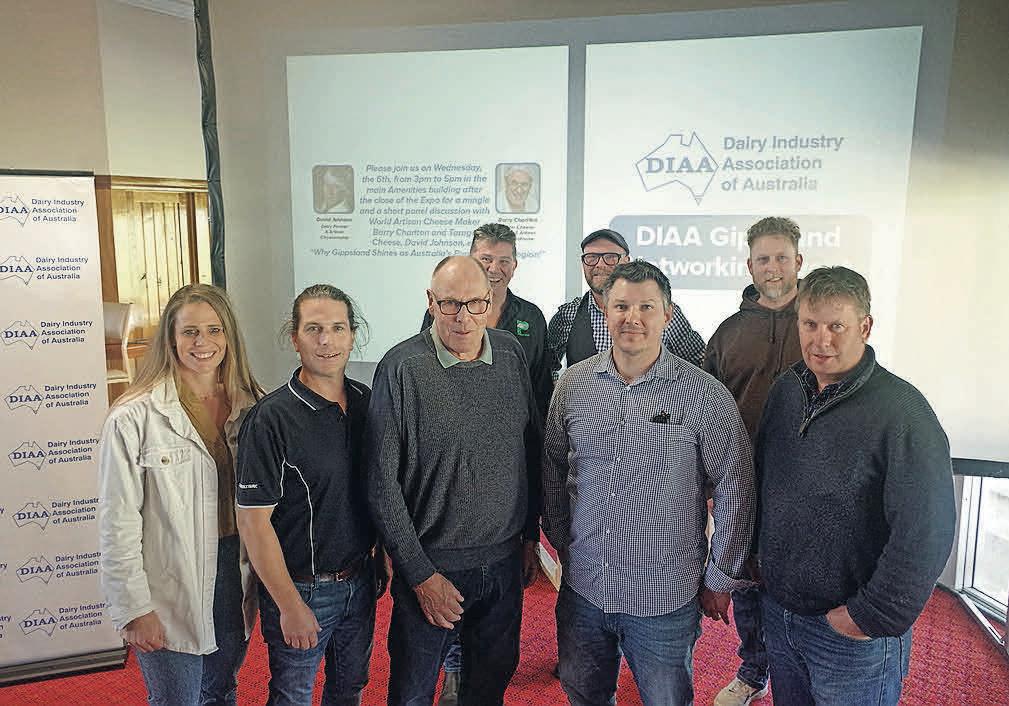
The event was titled ‘Why Gippsland is Australia’s premier dairy region’.
The question comes on the back of international recognition for Berrys Creek Gourmet Cheese, Tarago River Cheese and Maffra Cheese, all located in Gippsland.
Barry Charlton, from Berrys Creek Gourmet Cheese, and David Johnson, from Tarago River Cheese, were invited to discuss cheese, the cheesemaking process, and whether awards make a difference.
Chef Matty Wilson, also a member of DIAA, presented for eating, the cheeses from both companies that received awards at the International Cheese and Dairy Awards (ICDA), held in the United Kingdom in June and July this year.
Berrys Creek Gourmet Cheese was awarded three trophies, all for blue cheeses: The Reefer 90s Award Best Australian Cheese; The Rowcliffe Trophy awarded to Supreme Artisan-Specialist Cheese, outright award; and ICDA Trophy for Champion Asia-Australasia
Cheese, for blue cheeses made from cow and buffalo milk. Berrys Creek Gourmet Cheese was awarded Supreme Specialist/Artisan Cheesemaker Champion, for Mossvale Blue, a blue cheese made from cow’s milk.
Gold medals were awarded for Buffalo Milk, any cheese, soft or hard (open) for the Riverine Blue variety; Blue Cheese, hard or soft (open to non UK producers only); Best Australian Cheese — Blue, any milk; Best Australian Cheese — any variety.
Tarago River Cheese received one gold and two bronze awards at the ICDA awards.
Tarago River Triple Cream was awarded gold in the Best Australian Cheese soft/semi soft class. Jensen’s Red received bronze in the Washed Rind Cheese (open class) and bronze for Jensen’s Red in the Washed Rind Cheese (Australian producers class).
Another Gippsland cheesemaker, Maffra Cheese Company, received the gold award in the Best Australian Cheese — cheddar, mature. TasFoods received the silver award in the same class.
Berrys Creek Gourmet Cheeses are made from buffalo milk and cows milk — two separate farms and owned independently of the cheese factory.
Tarago River cheese is single origin, with the factory on the same property as the dairy farm.
Maffra Cheese products are single origin, also with the factory on the same property as the dairy farm.
All produce artisan cheeses using milk produced by cattle grazing pasture in Gippsland in southern Victoria. For the cheesemakers, their first priority is producing a quality product that has consumer
appreciation and commercial benefit.
“I believe differentiating ourselves to produce quality will beat quantity any time,” Barry Charlton said.
A cheesemaker by trade, in 2007 Barry
With the Lely Astronaut Robotic milking system cows are fed to their needs. Being able to select from up to six different feed types allows you to customize your girls ration more efficiently to maximize production. Not one ration fits all, but an individualised ration per cow, customised to their milk production or stage of lactation.


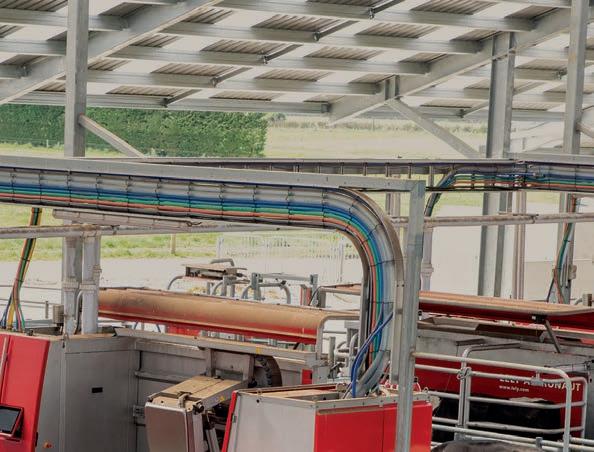
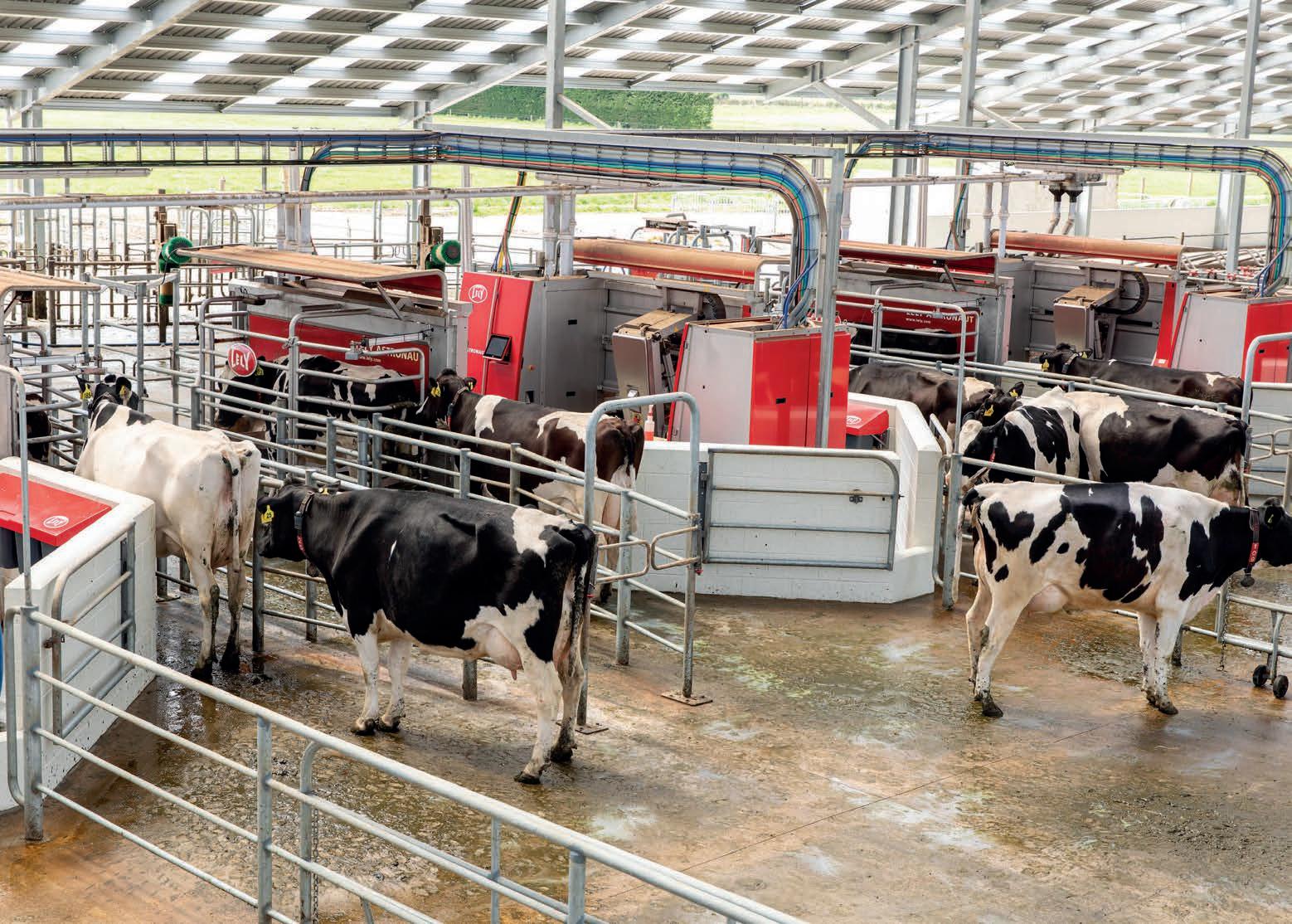
Want to know more?
Then sign up for a obligation free talk with one of our Farm Management Support specialists via the QR-code.
Bright farming is yours by choice



quality of the pasture shows through in the taste of the cheese produced in Gippsland, including those of the attendees.
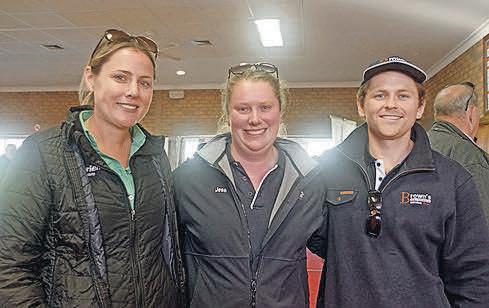
“I think it’s the climate and if you look after the cows they look after you,” David said.
“Our rule is the cows have to be eating at least one-third of their diet as green grass.

“In the vat, giving poor food to cows equals stressed fats and proteins in the milk.”
When it comes to making cheese, the skill is still a rare art.
“It’s very difficult to find training courses,” David said.








“It’s easier to recruit people who are passionate about cheese and cheesemaking, and train them ourselves.”
Like his predecessors, he favours chefs and the current general manager of Tarago River Cheese is Philip Botes, a former chef turned artisan cheesemaker.

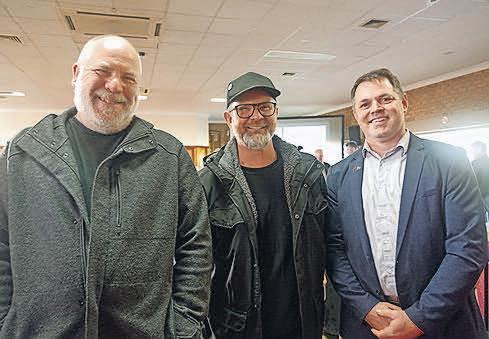
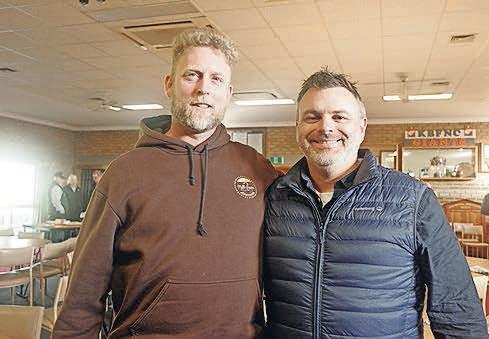
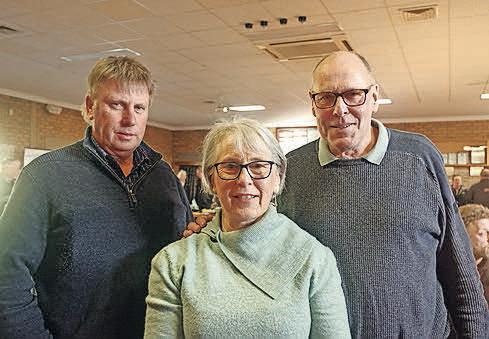
Other award winners
started his own business, creating blue cheese.
“Artisan cheesemaking is about understanding the impacts of weather, feed and the cows’ contentment state,” he said.
“I’ve chosen the herds I want to use their

milk, with an understanding between myself and the farmers about how they look after their animals.”
David Johnson is the third generation of his family to lead Tarago River Cheese and still
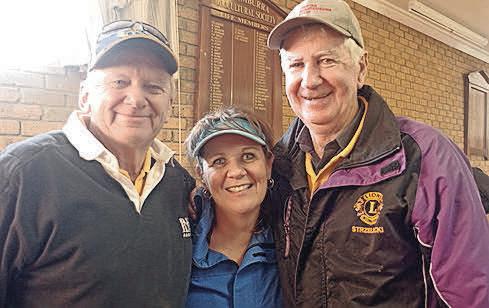
milks cows every day and raises the calves for his herd.
Tarago River Cheese produces soft, washed rind, and blue and white cheese.
Food writer, Richard Cornish, said the



Meredith Dairy, in south-west Victoria, received an ICDA Bronze award for its Goat’s Milk Cheese with additives – Garlic (open class), for their marinated goat’s cheese with garlic, thyme and peppercorn; and a silver award for their national goat’s cheese in the category Goat’s Milk Cheese (open to non UK producers only). Meredith Dairy has previously won ICDA Gold awards.
Camel Milk NSW won a gold award in the category, Bottle/Carton of Flavoured Milk made with whey protein ingredient (open).

A NEW study has shown that high-quality oaten hay may support higher levels of animal production performance than other forages.

The AgriFutures Australia and University of Melbourne research is looking into the use of oaten hay to support the sustainable development of dairy production.
The study could lead to an expansion of the Australian export fodder market, along with delivering animal health, production and environmental benefits for the dairy industry.
The research by PhD student Zelin Li is being led by University of Melbourne livestock nutrition and grazing management senior lecturer Dr (Paul) Long Cheng.
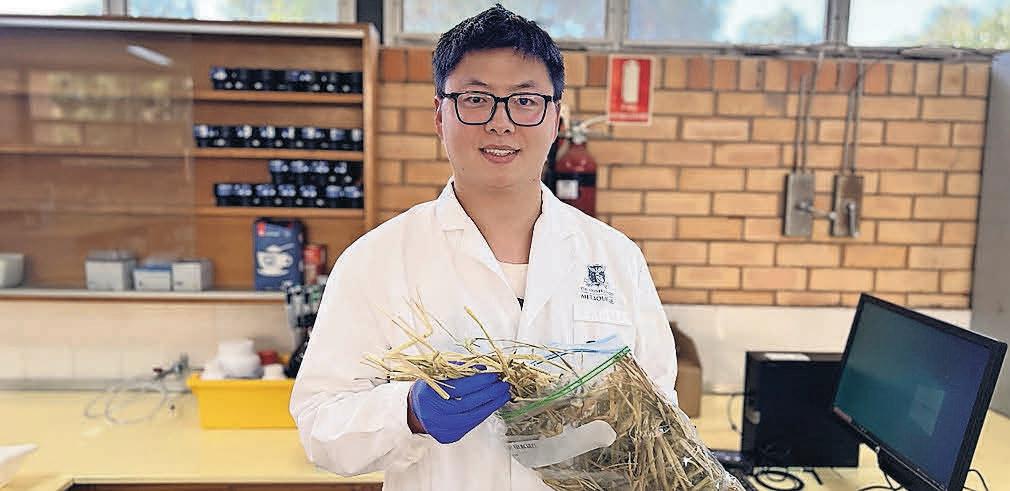
Preliminary results based on an in vitro rumen fermentation analysis indicate major differences across different forages in gas production, dry matter (DM) disappearance, ammonia, volatile fatty acids, methane production and pH change.



Gas production and DM disappearance can indicate potential animal production performance.
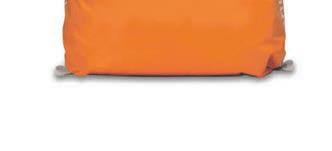
The analysis shows high-quality oaten hay and high-quality barley hay had the highest gas production, while high-quality oaten hay had the highest DM disappearance.
“Based on the in vitro analysis, the results indicated that high quality oaten hay may support a higher level of animal production performance than other forage tested,” Mr Li said.

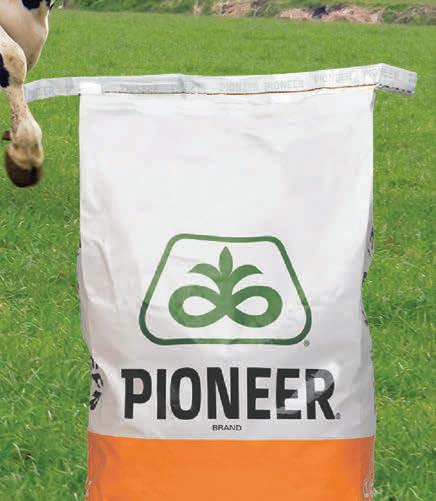
The in-vitro experiment used the Ankom RF Gas Production System, which can mimic the rumen function of cattle.
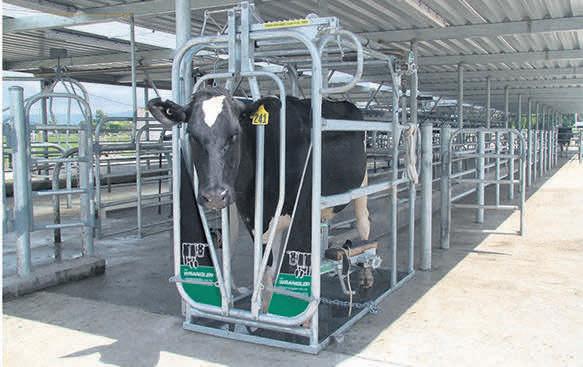


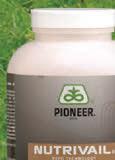
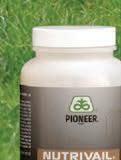
“Gas production tells us a story about digestibility because the more cattle digest in rumen, the more that is turned into gas,” Dr Cheng said.

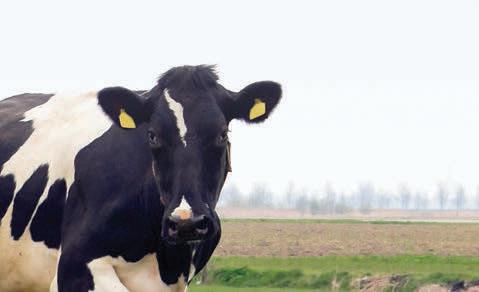
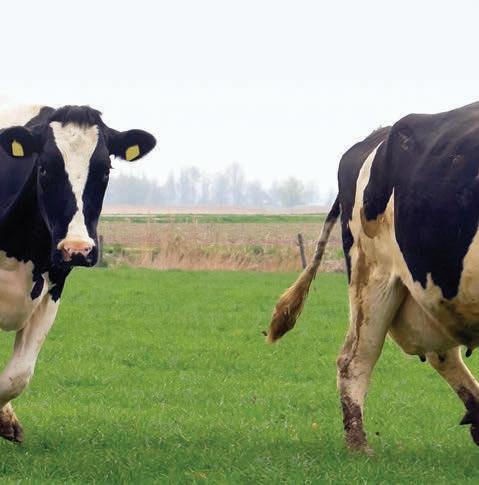

Mr Li said hay was an essential component in animal diets, providing the necessary fibre, energy and nutrients for growth and development, but “not all hay is the same”.

The study assessed high and low-quality levels of seven different types of conserved forage — wheat hay, barley hay, timothy hay, rye-grass hay, lucerne hay and corn silage.
“The overall fermentability of high-quality oaten hay was significantly better than other hay or roughage,” Mr Li said.
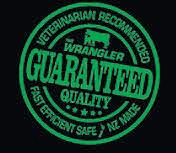


He said his future PhD animal studies would focus on obtaining fundamental information about how much of the oaten hay in the diet can be used by different classes of animals to deliver an optimal performance.
A cattle growth trial proposal has been submitted for approval to the University of Melbourne animal ethics committee. The field trial will be at the University of Melbourne’s Dookie campus, near Shepparton.

FOR MANY dairy businesses, it’s no longer a matter of if they’re interested in using innovative technology; it’s become about making the right choice. Which smart solution will be the best choice to help them get their herd management to the next level?
When it comes to cow monitoring systems, options are endless. All systems claim to be most effective, most of them using the same core parameters for measuring herd health and fertility — behaviour, (in)activity, rumination time and eating time.
One of the more unique parameters seems to be ear temperature. But what is the added value or measuring a cow’s ear temperature? Does it really make a difference?
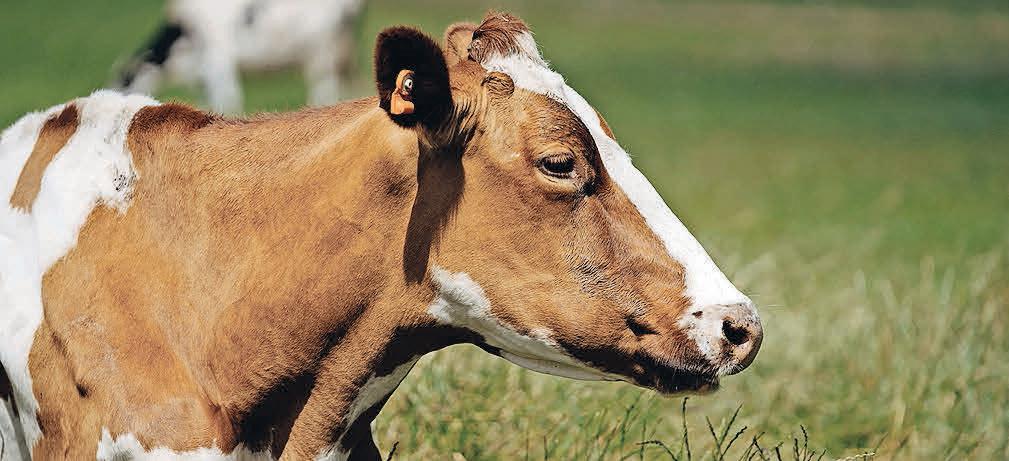
Back in the day, whenever dairy farmers wanted to make sure a cow was feeling well, they would feel her ears to check for a change in temperature.
Having to physically be among your herd nearly 24/7 to be able to tell if something is the matter or to spot a window of opportunity, is something we can’t imagine nowadays.
And it’s something we can’t afford to do anymore, with the number of livestock and production increasing over the past decades, while number of staff members are declining due to labour issues.

Iowa State University in the United States also wondered if ear temperature would really make a difference. In 2017, they did a peer-reviewed study on monitoring behaviour as well as ear temperature.
In their study [https://www.iastatedigitalpress.com/air/article/id/5979/] they focused on cow data collected by an ear sensor system at the ISU Dairy. According to the study, the evidence of ear hypothermia is an effective diagnostic tool for significant health events. Or, as they cite in their research findings, a ‘problem indicator’.
Ear temperature is not comparable to core temperature, as ear temperature experiences daily variation based on external temperatures.
ways to catch heat stress early.
Ear temperature as an added parameter allows farmers to assess their heat abatement strategy in a more effective way as well as spot lesser performing cows in the herd, therefore adding significant value to their herd management.


Anticipating cows’ needs
Jeffrey S. Stevenson, a professor at the Department of Animal Sciences and Industry at Kansas State University, specialises in the reproduction physiology of the bovine.
In winter, ear temperature never reaches freezing and during summer hot weather, never goes above 35°C to 36.67°C.
Because of this, one outstanding benefit and aspect of ear temperature monitoring is that an individual animal is tracked and graphed simultaneously with the group ear temperature average.
Whenever a cow gets an infection, the blood in the ears moves to vital organs. When tracking ear temperature, you catch this change early on, potentially saving yourself and the monitored cow a lot of problems further down the road.
Being able to measure ear temperature on a group level, combined with measuring deviations in behaviour, is one of the most effective
In one of his latest articles [https://www. sciencedirect.com/science/article/abs/pii/ S0093691X22000280?via%3Dihub] he studied the added value of ear temperature in cow monitoring. He states that late gestational ear-surface temperatures were associated with some post-partum health disorders and modifications in daily eating, ruminating and active times during the transition period of gravid heifers and dry cows.
So, including ear temperature as one of the parameters in cow monitoring technology provides dairy farmers and specialists with even more precise herd information.
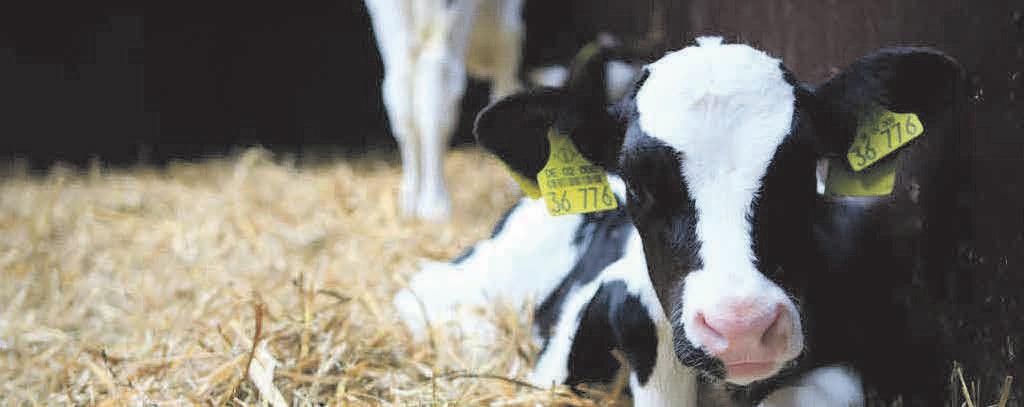
It’s an added layer of real-time cow monitoring and a valuable indicator for making fact-based improvements to your herd management, helping dairy professionals recognise potential issues or opportunities before they’re observable by the human eye.

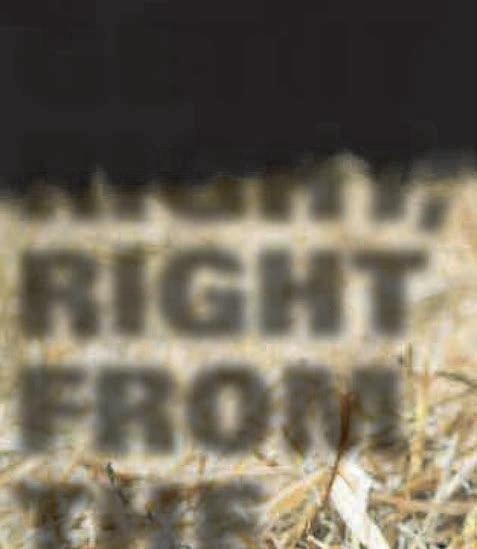
 From CowManager.
From CowManager.
The first 3 months are so important to your calves’ future in the herd, so don’t compromise, use Veanavite No1 Calf Pellets.


Agriculture Victoria, in collaboration with DairyBio and the University of Melbourne, is looking for participants in Gippsland to assist in a study on improving diseases like metritis, mastitis, ketosis, abomasum displacement, milk fever, grass tetany, lameness, retained fetal membrane, uterine prolapse, abortion and stillbirth during calving.
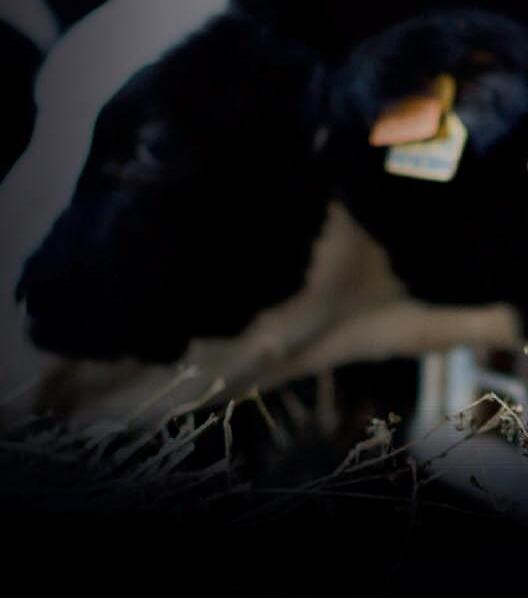
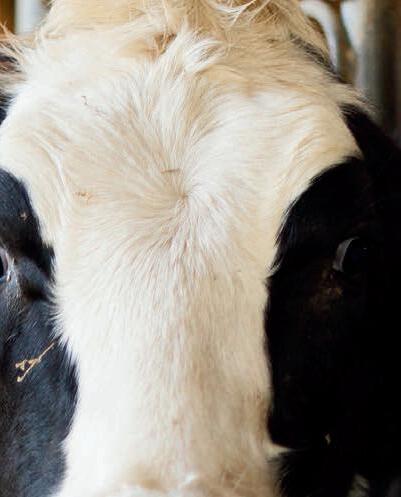
If you own or manage a spring or autumn calving dairy herd, consider applying to take part in this study.
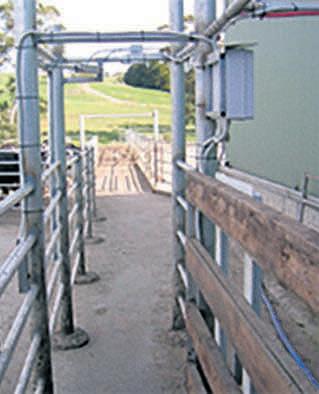

During the collection process, researchers will collect blood samples from sick (any listed disease) animals and healthy cows in the first 70 days of lactation with similar calving date.
They will then genotype the cows and provide farmers with the result at no cost. Blood sample collections will start in spring 2023 to the end of 2024.
The researchers understand it’s a very busy time of the year for farmers, and sampling will be planned to not disturb any routine.
Do you have any questions or want to sign up? Contact PhD student Anastasiia Kudriashova on 0475 850 655 or anastasiia.kudriashova@agriculture.vic. gov.au


Bega Cheese has purchased the Tasmanian Betta Milk brands from TasFoods for $11 million.
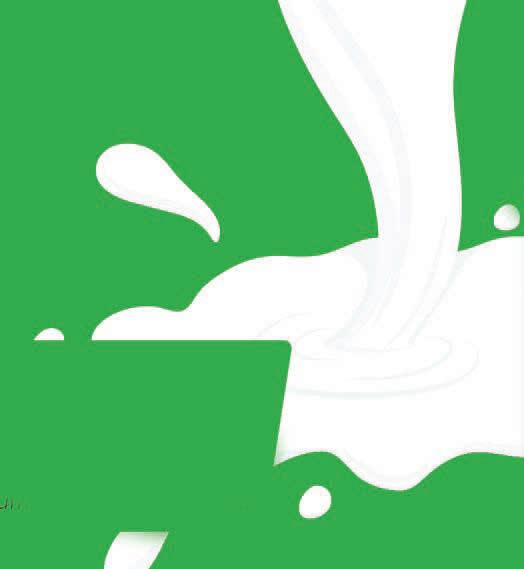
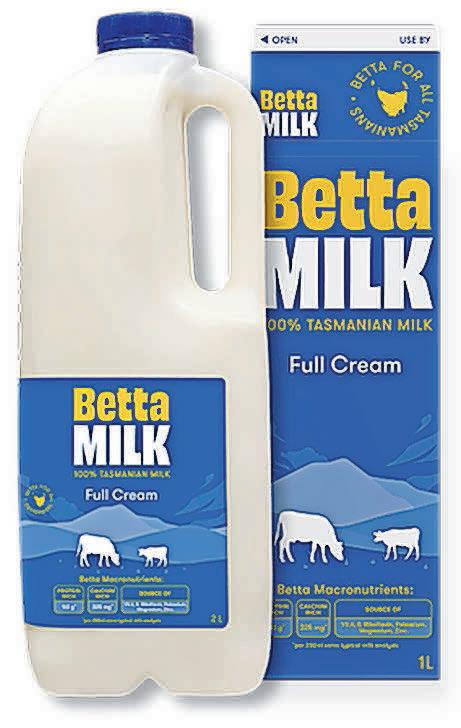
The business, located in north-west Tasmania and established in 1956 as a co-operative, produces whole milk, cream and lactose-free varieties.
Bega Cheese executive chairman Barry Irvin said the purchase of the iconic Tasmanian brands fitted with Bega’s corporate goals to become a great Australian food company.
The purchase includes the Meander Valley Dairy and a licence to use the Pyengana Dairy brand.

TasFoods purchased the two companies just four years ago for $13.6 million.
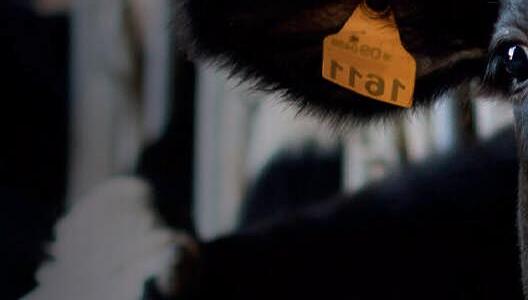
TasFoods retains ownership of the Burnie land and buildings.
The sale is subject to approval from the Australian Competition and Consumer Commission.
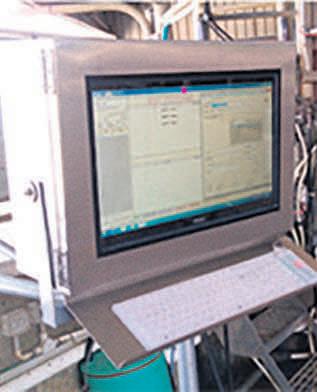


EastAUSmilk holds AGM
EastAUSmilk’s Annual General Meeting was held in Pittsworth, Queensland on August 30, following last year’s in Lismore, NSW.
Members from NSW and Queensland attended, as well as staff.
In his report, president Matt Trace highlighted the impact of floods on members, as well as milk pricing issues, and the need to build eastAUSmilk’s profile amongst non-members.
CEO Eric Danzi’s report stressed the strategic plan developed by the board, and member services.
Auditor Alan Teese, from Gillow and Teese, discussed the financial report with members, and all reports were subsequently accepted.
Attendees were then welcomed to Peter Garratt’s nearby Southbrook dairy farm, where Peter spoke in detail about his feed and nutrition practices, which enable significantly higher carrying capacity, and hence profitability, than pasture feeding alone.
In conjunction with the AGM, eastAUSmilk’s board also met in person, and considered issues as wide ranging as the Northern Dairy Plan, artificial insemination, dairy beef exports and Bermuda grass.
They also received an update on government relations matters, particularly government funding of dairy programs, and the proposed purchase of two Saputo milk processing facilities by Coles.
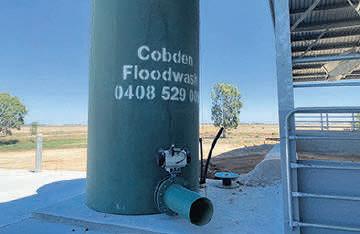


NORCO HAS entered the augmented reality universe with Cow’s Play — a gamified approach to educating kids on where their milk comes from and the important role animal wellbeing and enrichment has in producing great tasting milk.
With research revealing that one in four Aussie children aged five to 12 think their food originates from a supermarket shelf, the immersive Cow’s Play game aims to keep Norco’s virtual cows — Elle and Belle — happy through different forms of enrichment while delivering fun and engaging dairy facts.
A dairy category first, the augmented reality Cow’s Play game is today’s answer to the collectables of the past and can only be played by scanning the QR code on specially marked Norco labels on their two- and three-litre Full Cream and Lite milks, and two-litre Lactose Free Full Cream milk between August and November.
Commercial and strategy general manager Ben Menzies said Norco was always striving to ensure the co-operative remained at the forefront of dairy industry innovation.
“We have a highlighted focus on technology and product innovation, whilst supporting important dairy industry initiatives and driving consumer interest and demand,” he said.
“Our community of 280 dairy farmers have been raising the healthiest and happiest herds since 1895, and our farmers know that being at the forefront of animal enrichment is key to producing the tastiest, most nutritious milk.
“We felt utilising technology in the form of augmented reality gamification to educate our youngest consumers on where their food comes from, was a way of creating and sharing educational content in a fun and contemporary way.
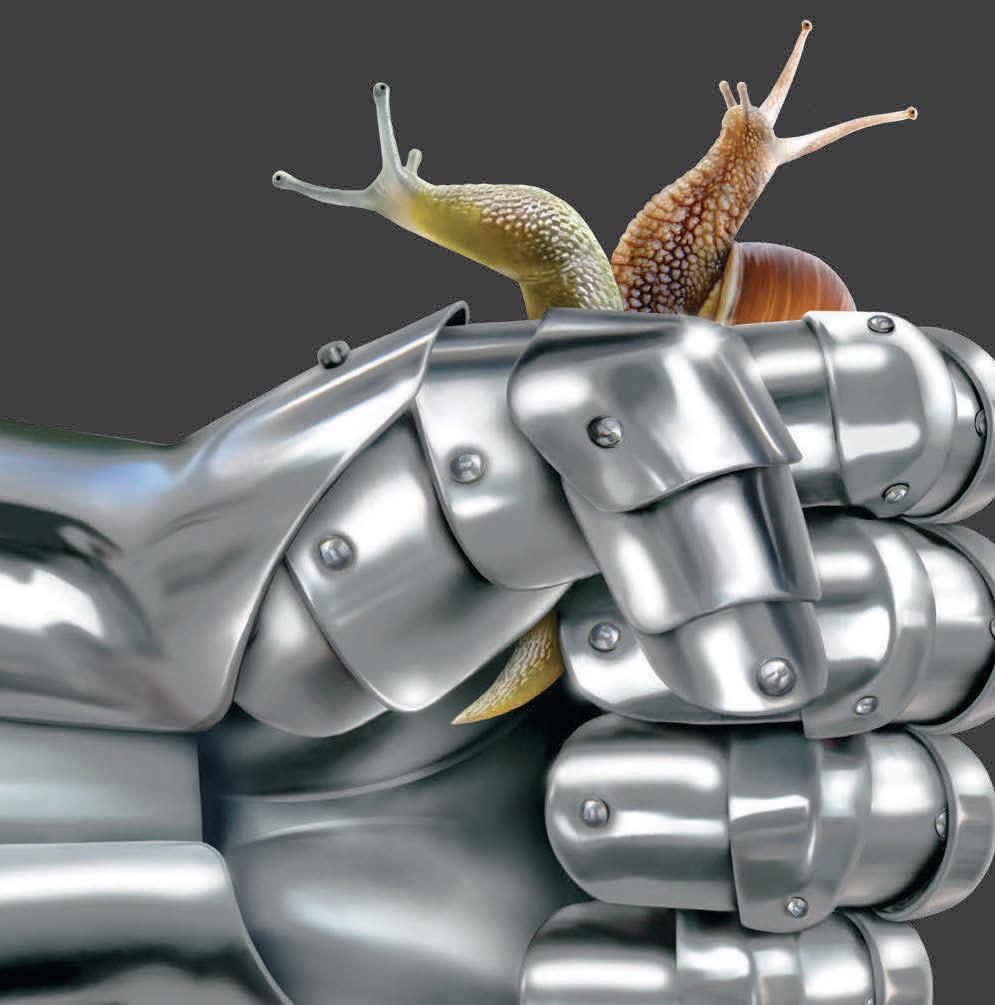
“As the number of dairy farms continue to decline in Australia, we believe this platform enables our next generation of consumers to feel connected to where their food comes from, and more importantly connected to the hard-working Australian dairy farmers that play an integral role in nourishing Australian families every day.”

Following research from University of New England, presented by PhD student Emily Dickson at the Dairy Research Foundation Symposium last November, dairy farmers have become increasingly curious about how to provide enrichment to promote better welfare for their herds.
According to Ms Dickson, enrichment promotes positive welfare which may have flow-on effects for milk production in dairy cows. Moreover, environmental enrichment aims to increase the complexity of an animal’s environment, allowing it to explore the range of behaviours it can perform.
Ms Dickson said improving animal welfare through environmental enrichment is increasing but fundamental research to quantify the benefits and impact needs to be improved.


Norco dairy farmers Scott and Renae Connell are putting playful aspects of cow enrichment to the test with the integration of ball games and intervals of play time for their herd.
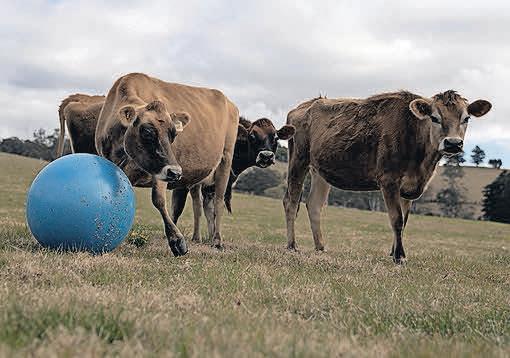
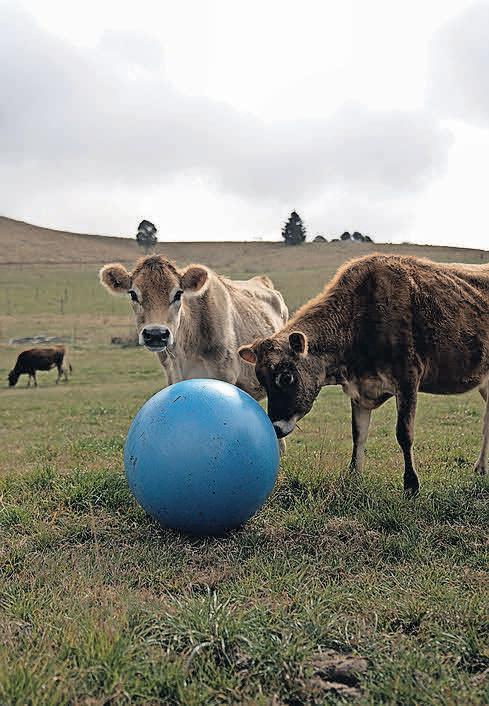
Bringing Norco’s Cow’s Play program to life on-farm, the Connells are actively monitoring the positive impacts of ball playtime on their herd, a precursor to any further research studies on cow enrichment undertaken in Australia.
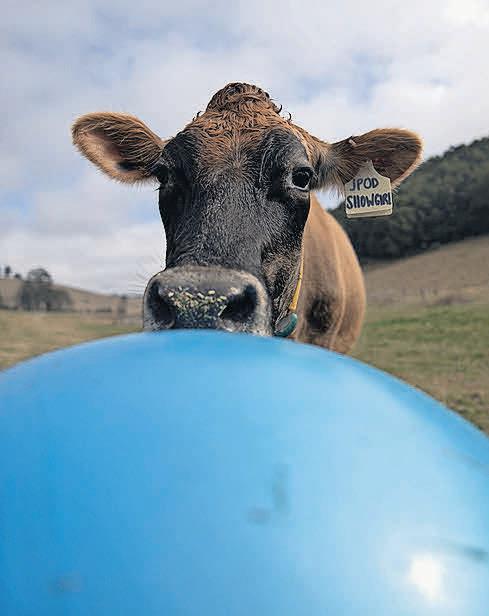
WE LOVE farming, this is why we do it. But would we love it as much if we knew it was destroying the planet? Because it is, and it’s already beyond time we did something about it.
For things to change, first we must change is a quote from Jim Rohn — perhaps the first real influencer, and both of things of substance and six or seven decades ahead of the modern Insta-famous lightweights. We must heed his counsel.
I’ve elected to postpone my dive into soil science once more as an alarming headline caught my eye today: Earth is well outside safe operating space for humanity, scientists find
Twenty-nine scientists conducted the first scientific health check for the entire planet drawing from 2000 studies, and concluded that six of vital nine planetary boundaries have been passed, and another two are on the verge.
It’s 10 years since I first became aware
of Rockstrom’s prescient paper on planetary boundaries published in Nature in 2009, but just four or five since I truly grasped its importance.
You can see from the diagram that at that time only three boundaries had been crossed. While the human insult to our planet has clearly accelerated since then, is what is leading the destruction — loss of biodiversity, reactive nitrogen and phosphorus leaking into the environment and climate change (largely attributed to carbon dioxide, methane and nitrous oxide) that concerns me.
The link to agriculture is there for all to see.
Globally, about three times the ‘safe’ level of N is used in agriculture.
In Australia, only a quarter of the N applied in the dairy industry is utilised by the plant — the rest is lost to the environment, so we are right up there.
We also widely acknowledge that only about 10 per cent of the P applied is used. We are a significant part of the problem!
But we also have a massive opportunity to drive the solution — and it is not to ‘go organic’! We do, however, need to transform our soils into organic ecosystems.
Most — and I will tread heavily here — organic farmers are not farming organically, despite what the shingle suggests.
A farm that has soils where microbes are thriving and producing a huge range of organic nutrients to feed the plant is truly an organic farm.
Creating healthy soils reverses agriculture’s contributions to the planet’s problems. It may be one farm — or even one hectare — at a time, but if we make this change, everyone will benefit.
And the cost? Well, that’s where the news is particularly great. Creating healthy soils massively reduces the cost of pasture production. Some of the benefits we have measured already include dropping N use to less than half, reducing irrigation by 40 per cent and increasing pasture growth by 25 per cent, and we are just getting started.
Dr Les Sandles is a renowned thought leader and provocateur in the dairy industry. Best known for his role in revolutionising nutritional and pasture management practices, Les has turned his attention to the ‘last frontier’ — transmogrifying the forage production system into a C-munching machine.
SKIOLD VMS
CLASS LEADING GRAIN MILLING TECHNOLOGY
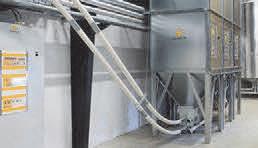
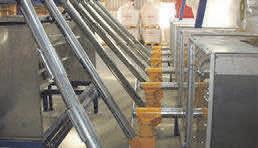
UNPARALLELED MILLING EFFICIENCY AND ENERGY CONSUMPTION
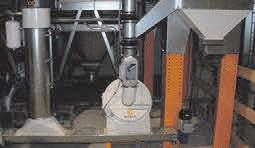

BETTER UTILISATION OF YOUR GRAIN
EUROPEAN QUALITY AND MANUFACTURED
MULTIPLE DISC MILL SIZES AVAILABLE

While the inner green shading represents the proposed safe operating space for nine planetary systems it is the red wedges which represent the greatest immediate threat to the planet. The boundaries in these three systems (rate of biodiversity loss, climate change and human interference with the nitrogen cycle), have already been exceeded and modern farming practices are a major contributor. Source: https://www.nature.com/articles/461472a
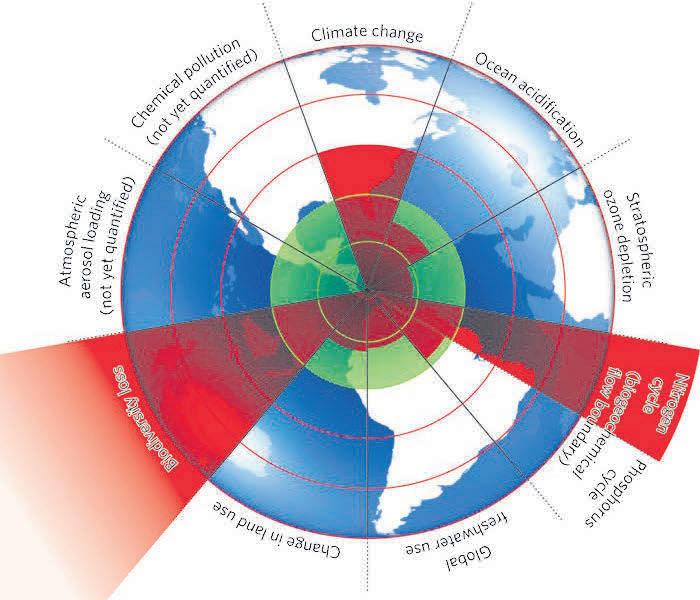
South-East Asia is a “bright spot” for Australian and New Zealand dairy exporters in an “increasingly lethargic global economy”, Rabobank says in a recently-released report.
The specialist agribusiness bank says “better times lie ahead” for the dairy markets of the Philippines, Malaysia, Thailand, Singapore and Vietnam, beyond short-term headwinds currently at play across the region.
And this means South-East Asia will continue to provide growth opportunities for dairy exporters in the medium term, the report, titled South-East Asia: In Transition to Better Times, says.
This is positive news for Australian and New Zealand dairy exporters, says report author and Rabobank senior dairy analyst Michael Harvey, with Oceania traditionally dominating dairy exports to the region. However, he cautions, opportunities are opening up for the emergence of new competitive players.
“Over the medium term, this region is full of vibrant dairy markets with diverse

consumer bases that deliver opportunities for exporters to offer a wide range of consumer products in fast-growing markets,” Mr Harvey said.
Dairy markets in South-East Asia are in transition, the report says, as they cycle out of a period of channel disruption, sluggish consumer demand for dairy products and downstream margin pressure that had culminated in a slowdown in trade growth between 2020 and 2022.
Dairy trade growth into the region slowed to just 1.4 per cent average annual growth during the pandemic (from 2020 to 2022), down on a compound annual growth rate of 3.3 per cent over the past decade.
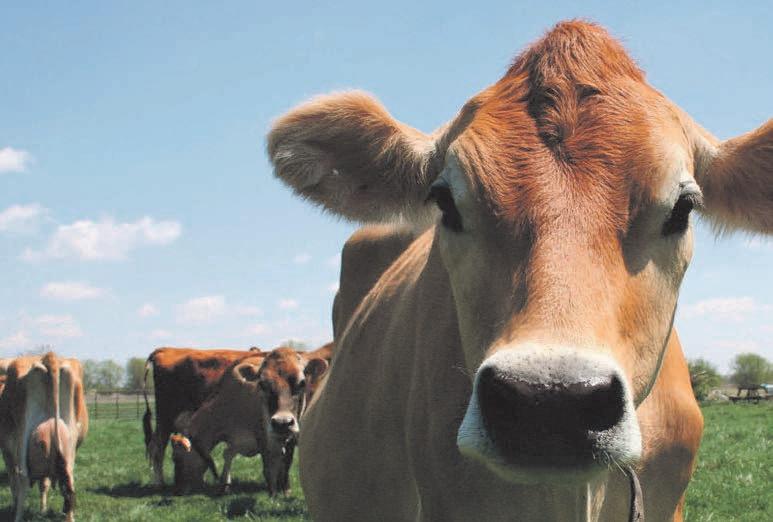
South-East Asia has not been immune to global pressures, Mr Harvey said, with economies across the region posting weak growth between 2020 and 2022.
“However, from 2024 onward, the region will present a bright spot against an increasingly lethargic global economy,” he said.


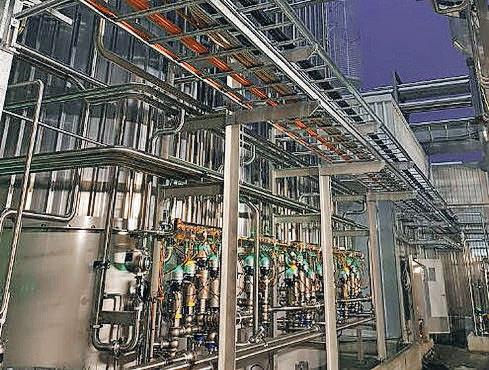
SAPUTO DAIRY Australia’s Smithton frozen natural cream cheese production facility has gone live for the first time following a $20 million capital investment.
The investment in new infrastructure has generated employment in the region and is creating value for the plant, stakeholders, employees and customers.
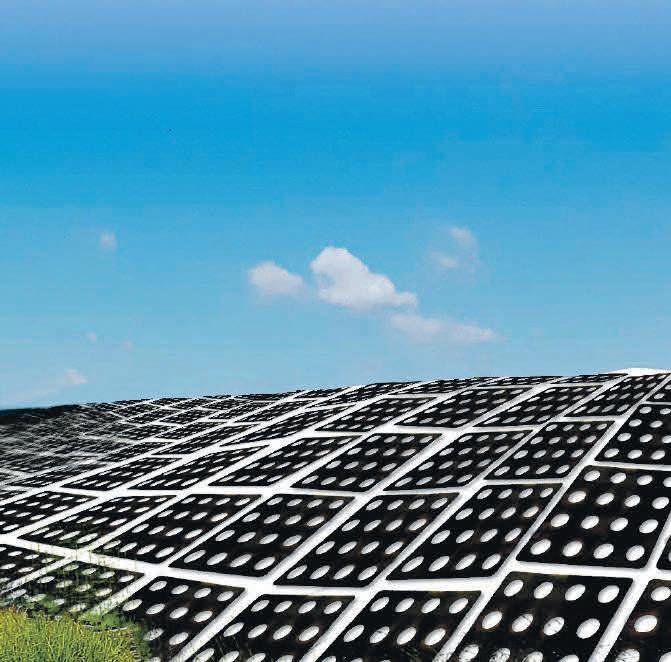
SDA’s Tasmanian regional operations manager Paul Davies said going live was an important milestone for the company’s Tasmania operations, with the investment strengthening SDA’s competitiveness.

“We’re pleased that this new facility in Smithton is operating in time for peak milk production,” Mr Davies said.

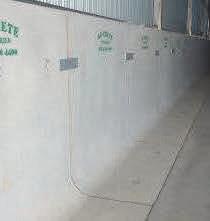
“Demand for high-quality dairy products continues to grow.


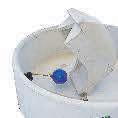




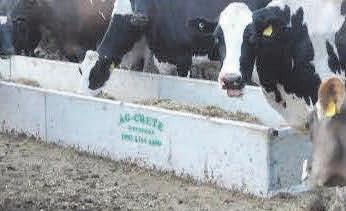
“We’re continually working to ensure we have the right manufacturing footprint and product offering to enhance our position as a high-quality, low-cost processor with a sharp focus on innovation, efficiency and simplicity.








“We remain committed to the Australian dairy industry, and will continue to make major investments and strategic decisions to ensure our long-term business success as we pursue more high-value product opportunities in domestic and premium export markets.”
Saputo chief executive officer Lino Saputo said in February the investment was a reinforcement of the company’s faith in the dairy industry in Australia, and especially in Tasmania.
“We’re confident our dairy farmer suppliers in Tasmania can meet the demand for product in our facility at Smithton,” he said.
The new facilities will enable expansion of the frozen cream cheese product highly sought after by hospitality and food service businesses. The cream cheese is a product of frozen milk fat solids.

As a high-value product, frozen cream cheese is added to soups, sauces, dips, casseroles and adds flavour to cakes and biscuits.
With changing regulations for silage coverage, try using the Surefoot® Silage Mat instead of messy, used car tyres.


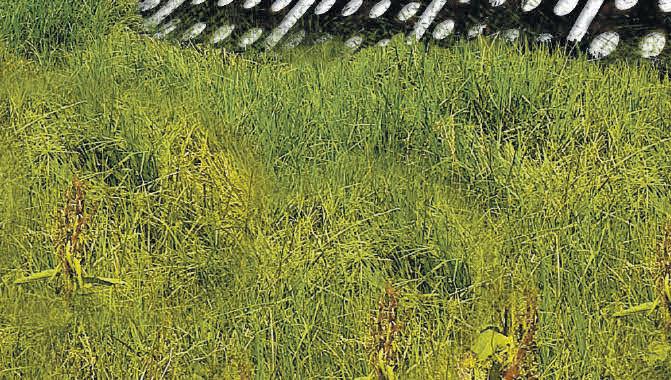
The Surefoot® Silage Mat weight is farmer and cow friendly. Weighing 17kgs, requires one person to place and won’t hold water or hide any nasties.
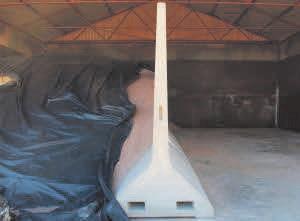
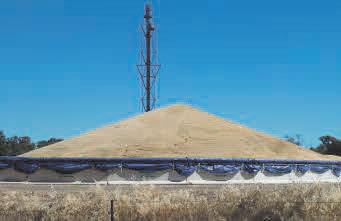
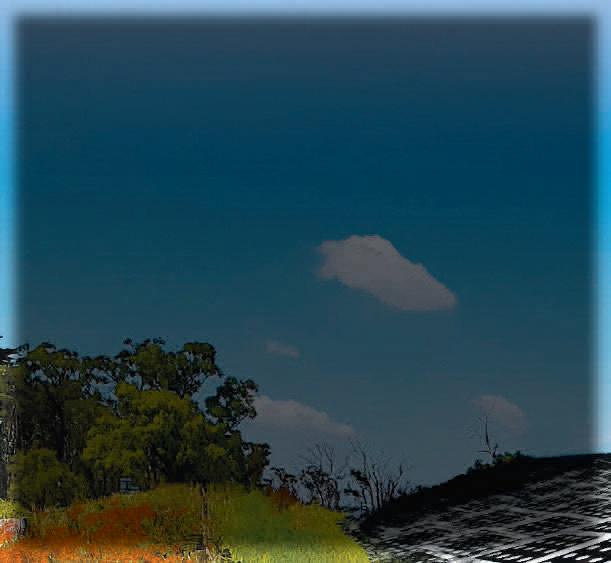

100 mats will replace 500 car tyres. No more piles of tyres taking up space, stacks neatly on a pallet when not in use.


 Saputo Dairy Australia’s new frozen natural cream cheese production facility at Smithton in Tasmania.
Saputo Dairy Australia’s new frozen natural cream cheese production facility at Smithton in Tasmania.



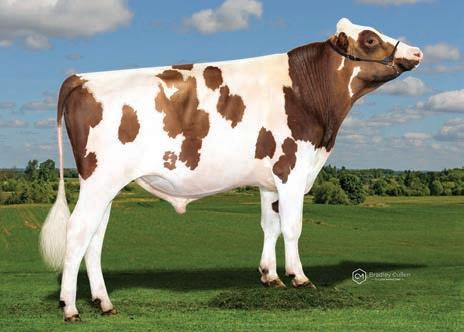
We have designed a simple but very effective Feed Trough, to cut your feed wastage and save you money. The endless troughs can be laid in a continuous length, they are also stackable, so you can move them easily from one paddock to another. The frame is made from Australian Steel, with repurposed rubber conveyor belt used to make the trough, its nylon based and will last a lifetime.
8m $1760 Inc GST • 6m $1320 Inc GST

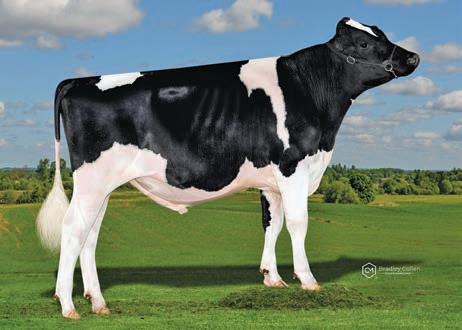
For more information call Grant today! Phone: 0428 106 132 | www.feedomatic.com.au

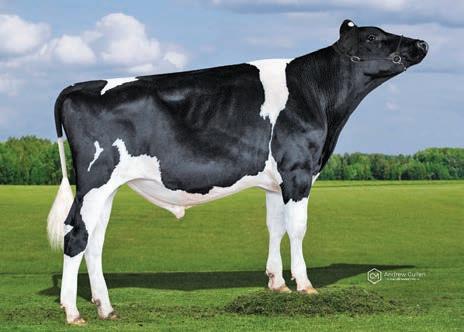

AUSTRALIA’S MOST trusted rural charity has experienced a drastic increase in the number of drinking water requests from Australian farmers.
Rural Aid has been delivering water tank refills to registered primary producing families for a number of years.
In the past year, drinking water requests have increased by 250 per cent.
Rural Aid CEO John Warlters said dry times have hit early and hit hard.
“Farmers around the country have been unsettled by how quickly the rain ‘tap’ has been turned off,” he said.
“In June last year, Rural Aid received six requests for a water tank refill. In June this year, Rural Aid received 21 requests for a water tank refill.
“It’s a huge increase and shows that the pain of low rainfall is already being felt in the bush.
“Rural Aid believes no Australian farmer should live without access to clean drinking water.”


In addition to paying for water carters to deliver fresh drinking water to farmers, Rural Aid also runs a tank delivery program.
In the past year alone, Rural Aid has delivered 163 water tanks to primary producing households across Australia.
Victorian dairy farmer Mark Laity said the water tank he received from Rural Aid was a huge boost.
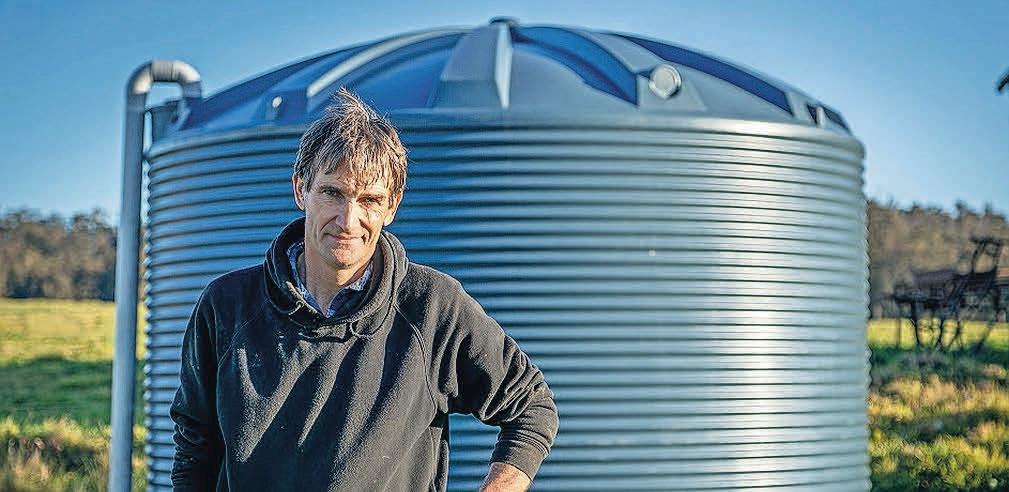
In the past five years, he’s faced severe drought, life-threatening bushfires and floods on his East Gippsland property.
Mark and his family ran out of drinking water in the drought.
“There was no water left here at all, not even a drop in any of the dams, they were all bone dry. The creek stopped running; the whole lot,” Mark said.
He thanked Rural Aid for his tank, which provided much needed water security.
“You didn’t realise how much you relied on it [water] and how much you actually did go through.”
In the wake of the annual World Water Week (August 20 to 24), Rural Aid is asking for the public’s help to top up the tanks.
“It’s our aim to deliver 500 full water tanks to Australian farmers and rural communities before 2025 to equip them for survival during future disaster events,” John said.
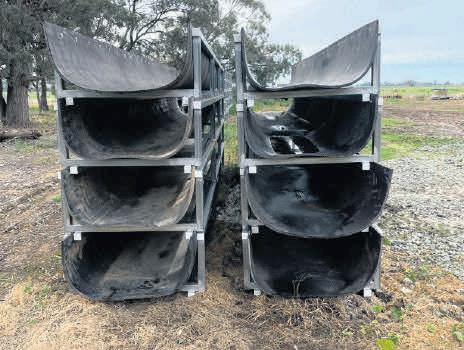
“Rural Aid is calling for ‘water heroes’ in these dry times.”
For more information on Rural Aid’s Water Hero campaign, visit: https://waterhero. ruralaid.org.au/
STUDENTS FROM Victorian dairy communities who plan to start their tertiary studies in 2024 are invited to apply for one of seven Gardiner Foundation Tertiary Scholarships.
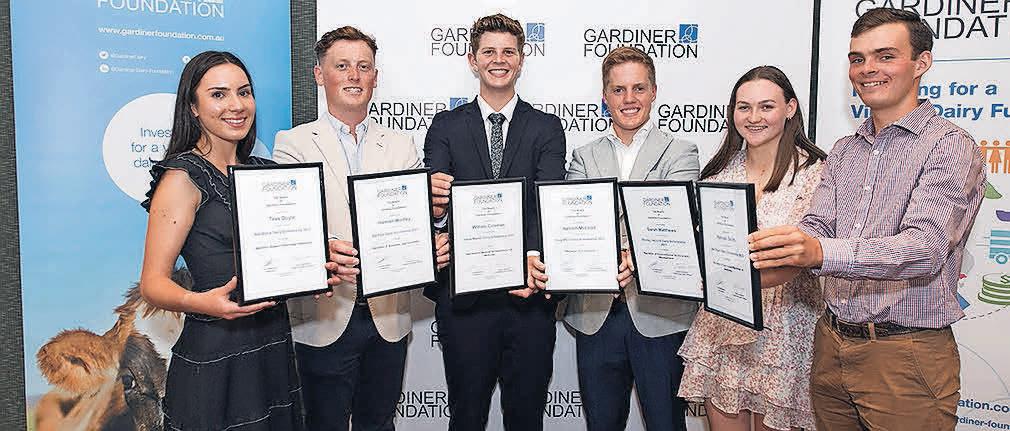
Students must pursue a career that will either directly benefit the dairy industry and/ or benefit dairy communities.
Each scholarship is worth $10,000 per year and available for the first three years of a scholar’s university or TAFE course.
The tertiary scholarships are named in recognition of services to the dairy industry by Niel Black, Shirley Harlock, Jakob Malmo, Bill Pyle and Doug Weir.
“Investing in rural Victorian students builds the social capital of our dairy communities,” Gardiner Foundation CEO Allan Cameron said.
“Gardiner is proud to be able to provide students with the opportunity to gain their tertiary qualifications without some of the financial constraints that can often exist for students from the country,” said.
“More students from dairy communities obtaining skills and experiences in their chosen field of endeavour will help create thriving and vibrant communities where people want to live, work and invest.”
Students must start their first year of fulltime tertiary study in 2024 on-campus and need to relocate from home due to study commitments to be eligible to apply.
There is no preferred field of study, with past students enrolling in a range of courses including agriculture science, nursing, medicine, engineering, journalism and commerce.
“I wouldn’t be here if it wasn’t for the Gardiner scholarship so it’s really special,” Anastasia Rea, a 2022 Niel Black Gardiner Tertiary Scholar, said.
“I’m sure my parents would have helped, but I don’t think I could have afforded to go without the scholarship. It made it a whole lot easier for everybody.”
Anastasia is currently studying an Advanced Diploma of Agribusiness Management at Longerenong Agriculture College.
Successful applicants will need to demonstrate intended future contributions to the dairy industry and communities as well as describe their community involvement and academic achievements to date.
Applications must be submitted by 5pm on Monday, November 20.
For more information and to apply, visit: www.gardinerfoundation.com.au/ts
Submit completed applications to: scholarships@gardinerfoundation.com.au

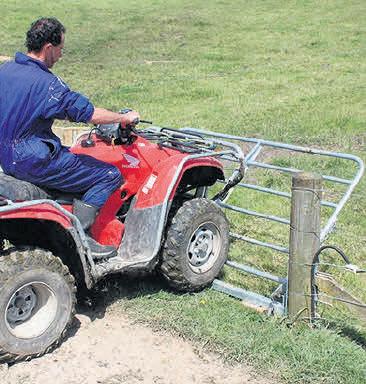
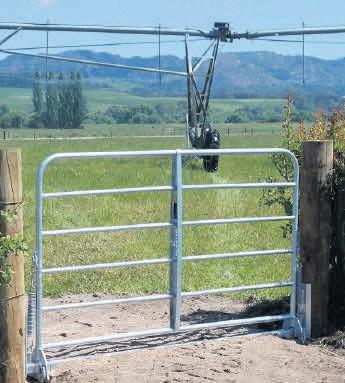
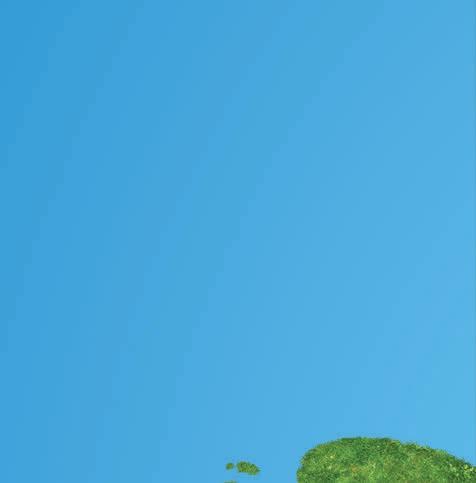
Selecting bulls for your future progeny has always been about herd efficiency, sustainability and improvement. Now we’re making the sustainability part a little easier.
LIC’s new HoofPrint ® index assigns bulls a score based on their progeny’s estimated methane and nitrogen efficiency. The higher the score, the more improvement on your farm and the environment. And that could give you a greener footprint.

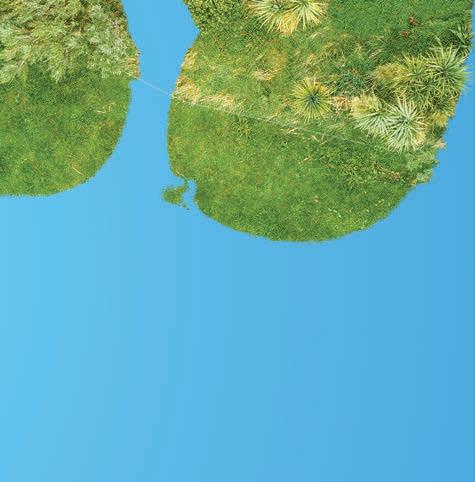
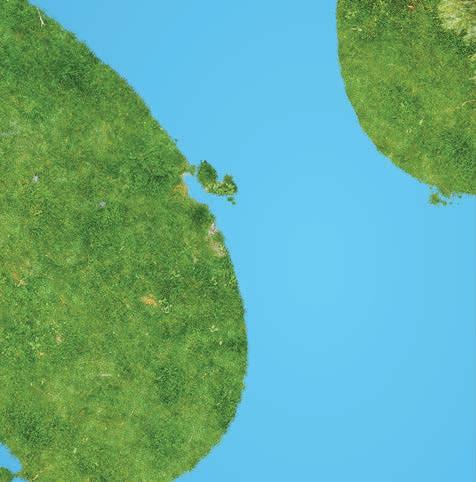
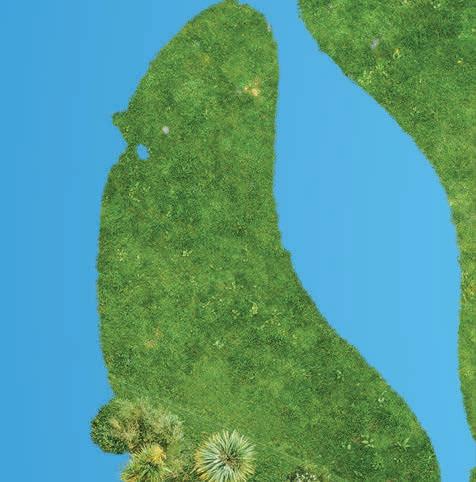

Talk to your District Manager about the HoofPrint ® index today.


A NEW storage facility has been opened in northern Victoria for fodder donations to Lions Need for Feed.
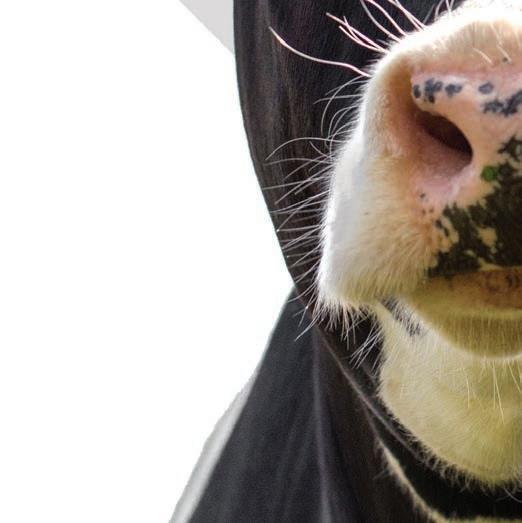
Purpose-built on the JBS Australia meat processing facility at Cobram, it complements storage on a Need for Feed member’s farm in the Albury district.
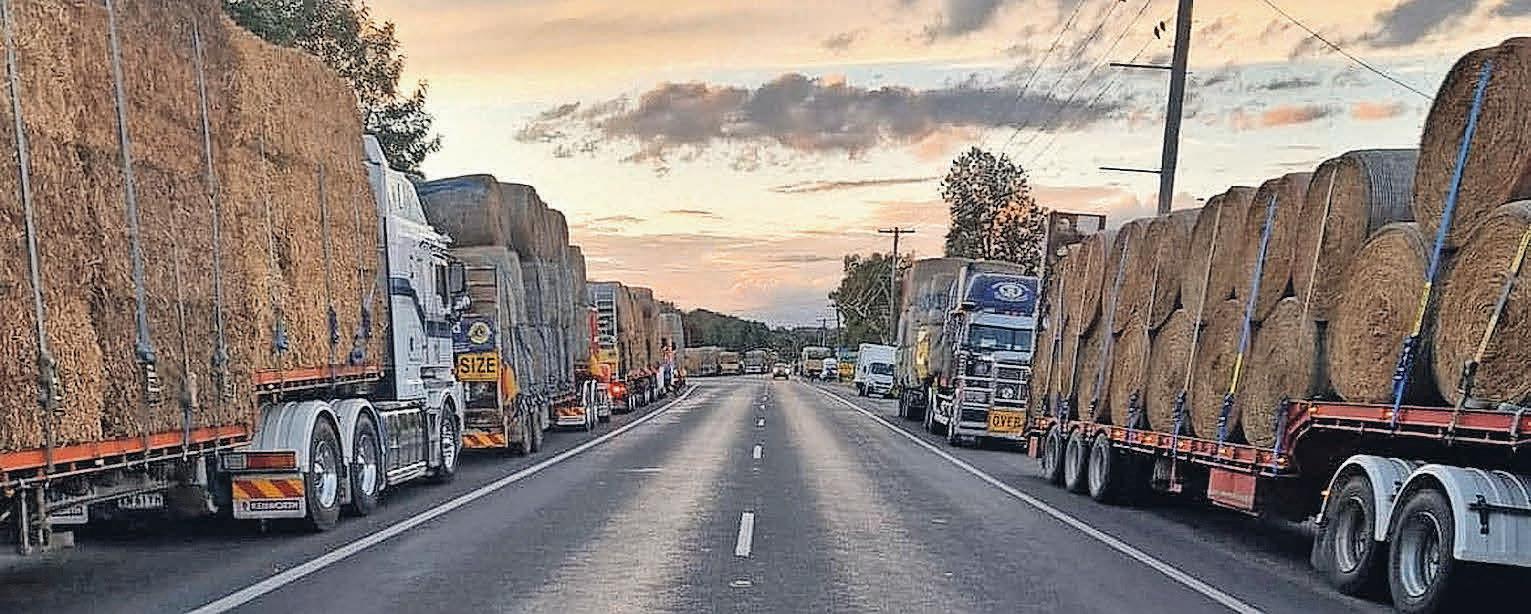
Need for Feed coordinator Graham Cockerell said the 2ha site, which opened on September 9, would make it easier to store and coordinate delivery of fodder, dog food and other donations into disaster areas.
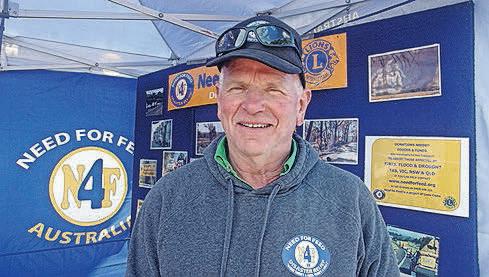
But the current economic conditions and tight hay market has seen fodder donations drop by 30 per cent and financial donations drop by 50 per cent.
Mr Cockerell urged people to consider donating the fodder they have left over from last year, to meet current needs.
“We’re still delivering fodder donations to areas that were flooded last year,” he said.
“We’re starting to get requests from people farming in the continuing dry conditions in northern NSW and East Gippsland.
“We have some fodder in storage at a couple of depots.
“If people have fodder from last year that they want to donate, we’d be very appreciative of it.”

Lions Need for Feed can organise the
collection of fodder and other donations from a donor’s property.
Mr Cockerell said it was understandable that donating was not front of mind for people, given the current economic conditions.
“Fodder donations are down 30 per cent and cash donations are down 50 per cent,” he said.
“Fodder donations are affected by the tightening hay market.
“And people’s budgets are affected by the current economic conditions. They have less
income to donate to charity.



“Anything like that has a flow-on effect to organisations like ours that rely on donations to assist people.”
Mr Cockerell said disasters always gained a lot of public attention and motivated people to help.
“We received phenomenal support from people when the 2019-20 bushfires and the 2022 Lismore floods occurred.
“Unfortunately, there’s an ongoing need for fodder in some areas.”
WHICH IS THE IDEAL COW FOR YOUR HERD:
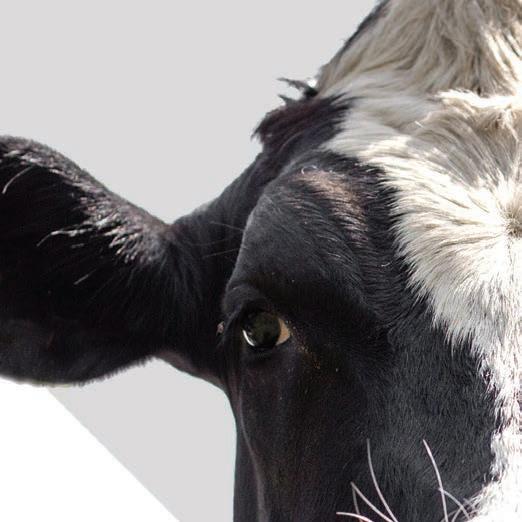
Top 10% PTAT
• Amazing type cows, getting taller each year
• Making enough milk, with respectable fat & protein
• Only lasts as long as the average cow, but more likely to die on farm
• Struggles to get pregnant on time, and consistently struggles with mastitis
Top 10% Productive Life
• Moderate sized cows not getting any taller, with functional udders
• Making industry leading production with high solids
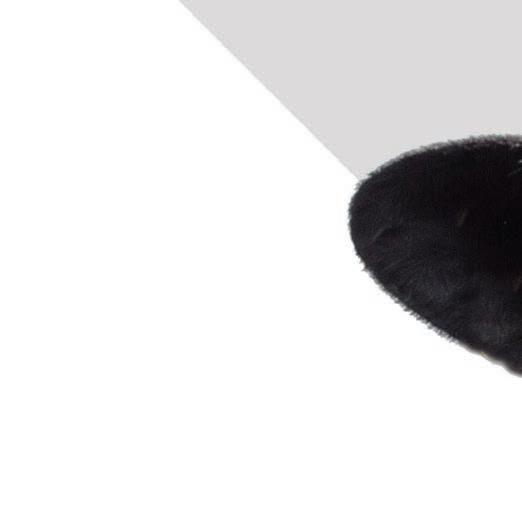
• Lasting nearly five months longer in production than the average, and being a valuable cull cow
• Extremely fertile and having less mastitis than others
Bottom 10% Productive Life
• Cows with plenty of frame, strength and getting taller each year
• Struggle to keep up with average milk production
• Last barely long enough to cover rearing costs, and potential to die before being culled
• More mastitis and cell count than the factory wants, has significant struggles with becoming pregnant
We have evaluated over 13,000 bulls born since 2010, who have had the benefit of being selected using genomic data, and now with historical and actual production, classification, herd records for mastitis and culling, using over 15 million cow records.
ARE YOU SELECTING THE RIGHT BULLS TO CREATE LONG LASTING TROUBLE FREE COWS? CONTACT US TO HELP YOU FIND OUT WHAT YOUR MOST PROFITABLE COW REALLY LOOKS LIKE.
Hay-laden trucks from Victoria travelling to the Northern Rivers region of NSW stop over at Coffs Harbour in June 2022. Graham Cockerell, coordinator of Lions Need for Feed, said fodder and financial donations were down even though the need for help continued.CHARLES STURT University researchers have sunk their teeth into the largest trial in Australia to investigate and demonstrate a path to market for dairy beef.
The research is called ‘Creating a dairy beef supply chain to increase the value and volume of beef and veal products’, also known as the Dairy Beef Project.

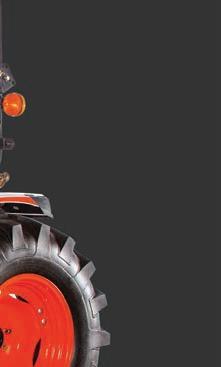
Over almost five years, Charles Sturt was involved from inception to completion, conducting growth studies at the university’s research feedlot in Wagga Wagga.
The university’s Red Meat Innovation Centre co-ordinated the southern component of the consumer sensory trials, with more than 1600 consumers tasting dairy beef samples to give their opinion on its juiciness, tenderness, flavour and overall likeability.
Professor of Veterinary Physiology and Animal Science in the Charles Sturt School of Agricultural, Environmental and Veterinary Sciences in Wagga Wagga, Professor Jane Quinn, said the project was co-designed with dairy producers and industry experts.
“This study examined impacts of breed and production pathway on carcase specifications and eating quality of dairy beef,” Prof Quinn said.
“The results showed that there can be an effective and valuable pathway for surplus dairy calves in Australia and that these calves could produce a high value carcase with high eating quality.”
Prof Quinn said a viable production pathway to grow non-replacement calves (bobby calves) out to be a valuable product for the producer has become increasingly necessary.
“The results showed that there could be valuable and effective pathways to market for a Holstein or Holstein-cross calf and that these calves produced a carcase that ate as well, or in some cases better, than traditional beef animals while meeting market specifications,” she said.


“There were some findings that need further work, including how best to manage veal






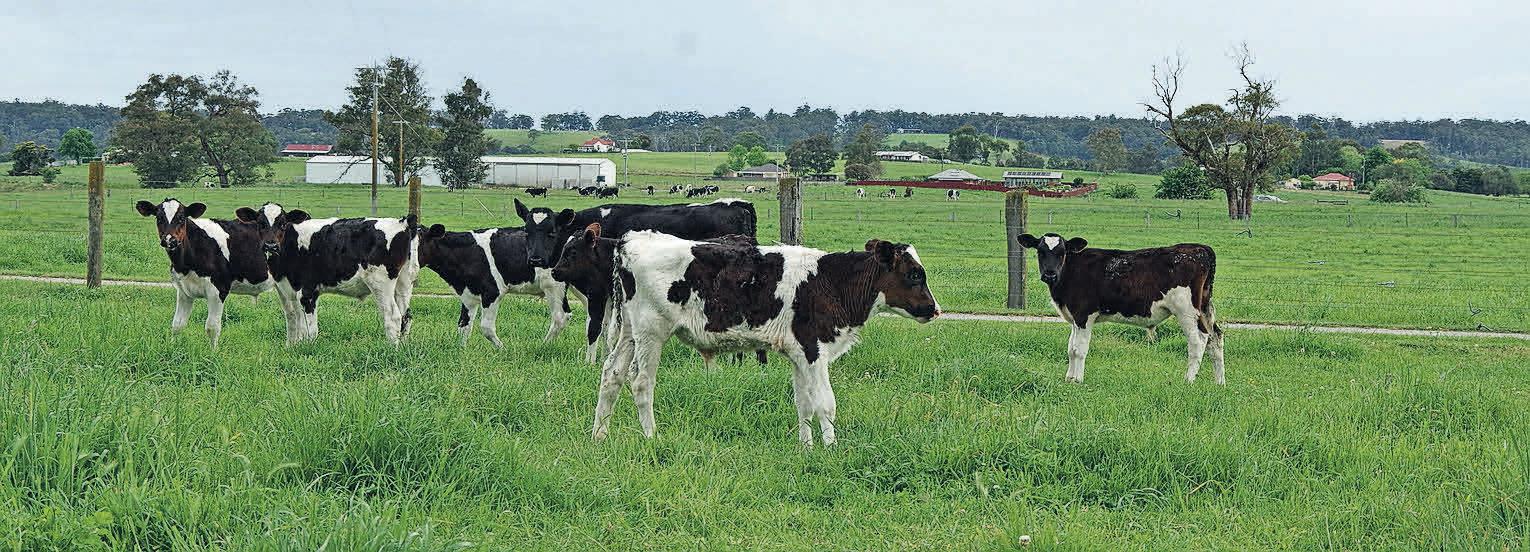
carcases for optimal shelf life, but there is always more work to be done.”

Prof Quinn said the impacts of this study were threefold:
Producers can have increased confidence that growing out male dairy calves to feedlot entry weight is a viable use of time and resources.
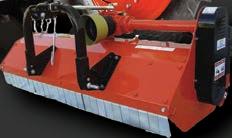
Industry has now identified a productive value chain to support producer decisions around their male non-replacement calves.
Consumers can be reassured that both a high quality and high welfare meat product




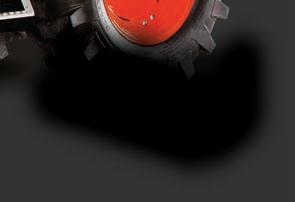

is produced for their consumption.
“Most people don’t think about how the meat they eat gets onto their plate, but this research was a great example of how we can meet high welfare and high production targets by utilising the production by-product from another industry,” Prof Quinn said.
“This is a win for dairy, a win for beef and a win for the consumer.”
The study was funded by Meat & Livestock Australia, Dairy Australia and industry partners, including Teys Australia, Manildra Group and Casino Food Co-Op.
 Research has found Holstein or Holstein-cross calves produce a carcase that eats as well, or in some cases better, than traditional beef animals.
Research has found Holstein or Holstein-cross calves produce a carcase that eats as well, or in some cases better, than traditional beef animals.
LOWER THAN average rainfall over winter and increasing numbers of reared heifers are two key risk factors driving early and increased numbers of pinkeye cases this season.
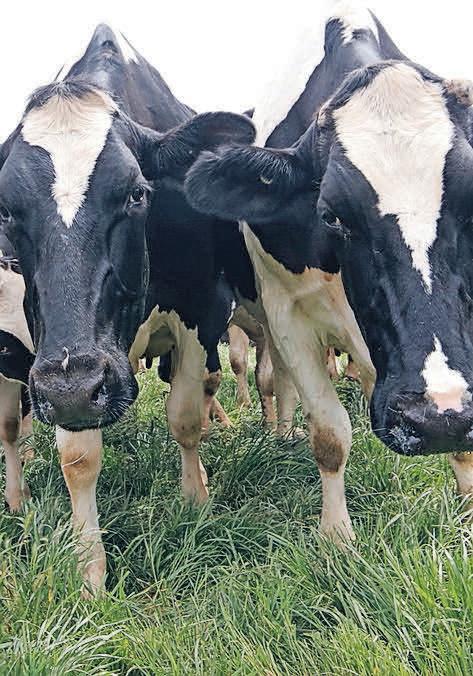
Early activation of your prevention strategy may be warranted.
Young heifers are the highest risk class and often take the entire focus of a control program.

While other classes may not present as high risk, their susceptibility and risk of infection should also be considered and addressed.
Contact your herd health adviser early this season to ensure your strategy is comprehensive and encompasses your herd’s individual requirements.
Activate your prevention strategy early
Coopers Bovilis Piliguard Pinkeye Vaccine is the registered vaccine available in Australia.
Dosing three to six weeks prior to the onset of the expected pinkeye season is recommended. Don’t delay — calves can be vaccinated from two weeks of age.
Autogenous vaccines produced from bacteria isolated within the farm are available and particularly valuable when existing control strategies don’t yield the desired outcomes.
Your veterinarian can provide a more comprehensive overview of the costs and benefits.
Multiple pathogens may be responsible and can be isolated by diagnostic testing to more thoroughly determine appropriate prevention options.
Extrinsic factors affecting immunity should be considered within the strategy.
Stressors including transportation, weaning and overcrowding should all be minimised to reduce risk of disease. Nutrition, including vitamin and mineral intakes, should be assessed and supplementation introduced if deficiencies are present.
Internal parasites have the potential to lower immunity and directly decrease productivity, a complete control program will include surveillance and management of gastrointestinal worms.
Proactively manage key risk factors
Presence and transmission of pinkeye is often associated with high UV, dust and irritants which damage the cornea and make it more susceptible to infection.
Overcrowding, high stocking rates and poor ventilation can also increase susceptibility.
Fly control is an integral part of all pest control programs, so be prepared to start early this year.
Take the opportunity to establish a comprehensive Integrated Pest Management program if you don’t already have one.
Don’t overlook pain when treating Segregate and treat early to achieve the most rapid recovery periods.
The use of topical antibiotics remains the most common and effective treatment; injectable options may also be directed for use by your veterinarian. Pain relief should be incorporated into your treatment protocol for all pinkeye cases. Patches remain a valuable method to reduce
UV exposure in the recovery period. If you need assistance, call your local dairy vet.
Dr Luke Morison is a key member of the ProDairy team, working for Apiam Animal Health as a veterinarian and Business Manager for Dairy.
Animal welfare is crucial to the success of any enterprise involving livestock, and Tri-Solfen is improving the way producers manage animal husbandry procedures.
Since entering the market, Tri-Solfen pain relief and wound care has become a staple for many producers.
Approved for use on beef and dairy cattle, as well as sheep, Tri-Solfen enables producers to deliver a high level of pain management to livestock undergoing routine surgical procedures, including castrating, disbudding and de-horning calves, or tail docking, mulesing and castrating lambs.
“Tri-Solfen’s ease of administration, non-prescription, over-the-counter formulation is changing the way producers manage animal husbandry procedures that are essential for ongoing animal health and welfare,” David Keevers, from Dechra Veterinary Products, said.
Mr Keevers said producers who have adopted Tri-Solfen into their livestock management practices “are a step ahead of the rest”.
ProDairy can assist you with the development of a tailored plan:
• On-farm visit by a ProDairy veterinarian.
• Review of the current biosecurity principles, the major risks and actions taken to reduce those risks.
• Development of a customised biosecurity plan. Visit prodairy.com.au for more information.


Not only are they operating under better animal welfare standards, but the investment is paying off through either a faster recovery time post procedure or a premium price for ethically produced outputs, he said.
Animal welfare considerations are not only influenced by standards set by the livestock industry, but also the societal expectation that consumers now have on livestock products.
Consumers have a greater desire for responsibly produced livestock products, and as a result, producers wanting to receive a premium must meet these standards.
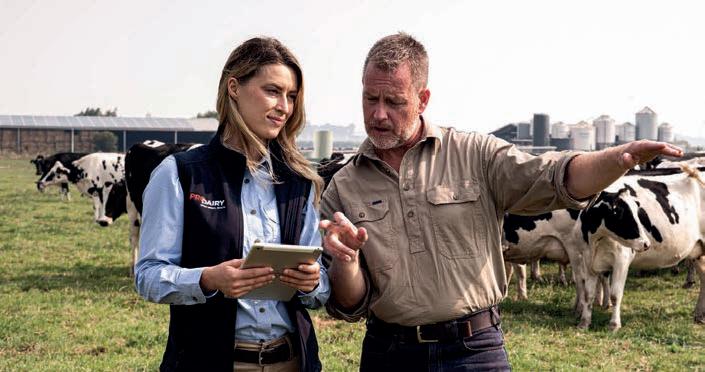
Tri-Solfen is the only 4-in-1 pain relief and wound care product on the market that is available over the counter.
Mr Keevers said implementation of Tri-Solfen into livestock management practices aligns with industry objectives to meet consumer expectations and with producers’ goals of providing a high standard of care for their livestock.
“Best practice is essential for the success of our industry,” he said.
“Tri-Solfen is easy to use and can seamlessly be adopted into these routine surgical procedures, so there isn’t any reason why all farmers can’t introduce it.
“It’s good for the animals. It’s good for farmers. And it’s good for our industry.”
A cow infected with pinkeye.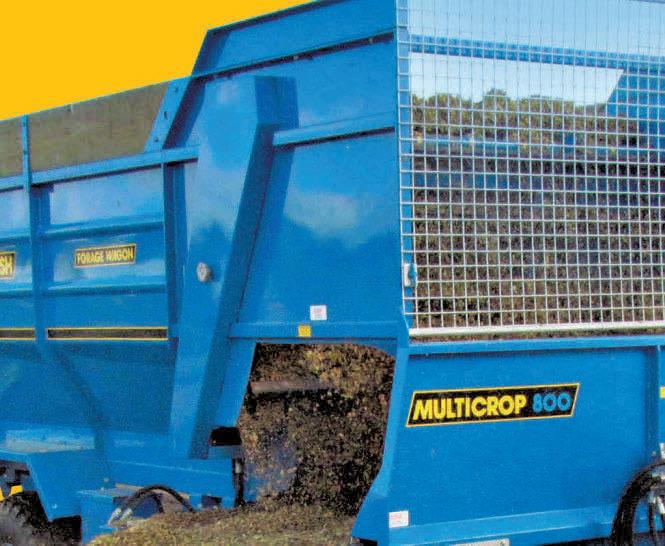
INNOVATIVE TECHNOLOGY to document bale moisture and weight in near real-time is now available with the launch of the new John Deere 1 Series round balers.
In addition to optimising moisture and ensuring consistent bale weight, Bale Doc sends data into the John Deere Operations Center for post-harvest analysis, to help operators make informed decisions about key production factors such as nutrient management, and reduce input costs.
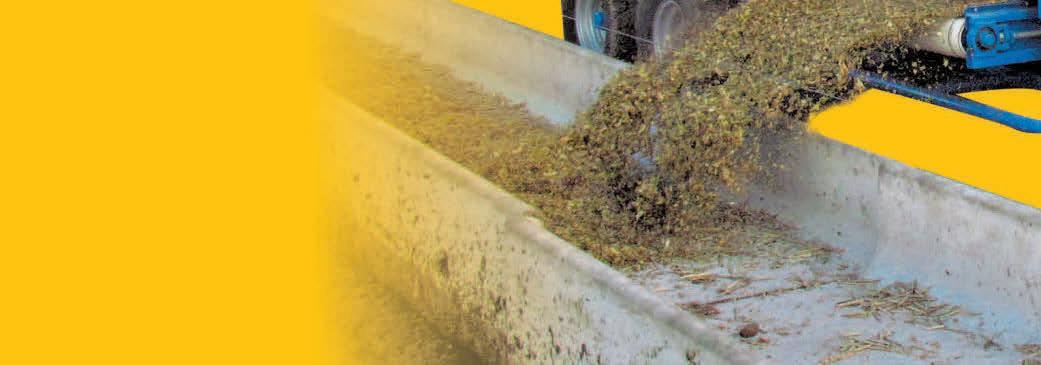
John Deere Australia and New Zealand production systems manager Stephanie Gersekowski said the 1 Series would deliver consistent, high-quality bales for hay operations of all sizes.
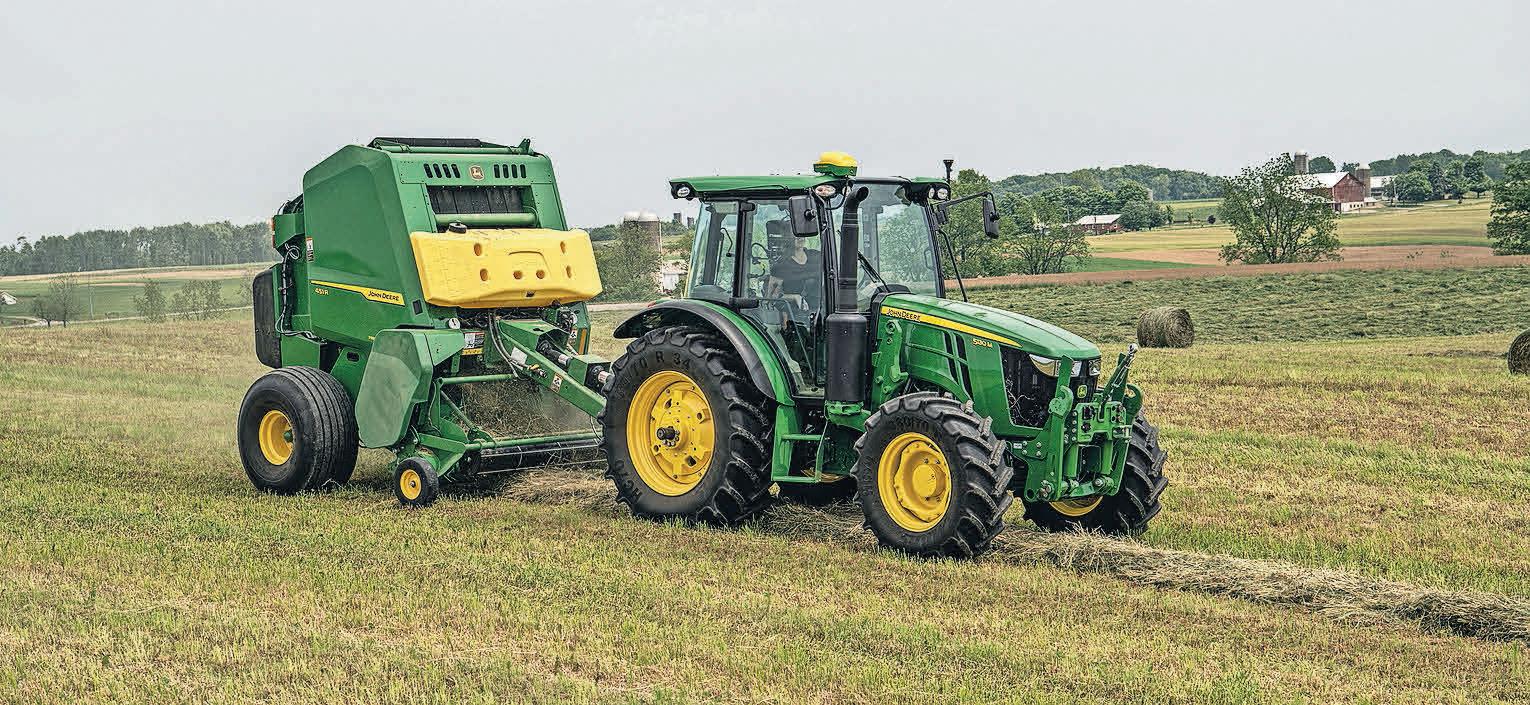
She said Bale Doc’s precision ag technology provided near real-time moisture and weight data, in addition to bale count and other agronomic information.
“On board, this information will allow operators to monitor and track bale location and baling conditions, while remote managers can leverage this data to more effectively plan workflow and logistics to save time and money.”
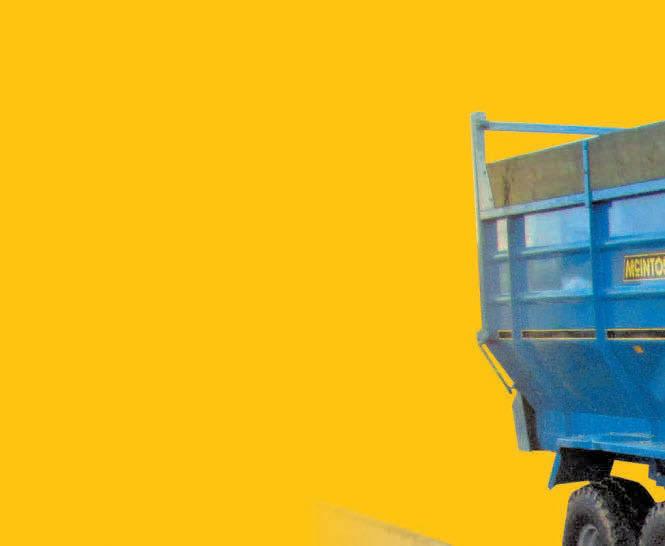

When Bale Doc is used with the John Deere Operations Center, it can support post-season analysis of yield and productivity via the harvest layer, and fleet management and planning through hours and fuel usage via JDLink.
John Deere 1 Series round balers also reduce operator fatigue using integrated technology that automates gate cycle functions.
Baler automation automatically opens and closes the gate at the right time, eliminating repetitive tasks, reducing operator error and minimising downtime, helping farmers produce bales as quickly as possible.
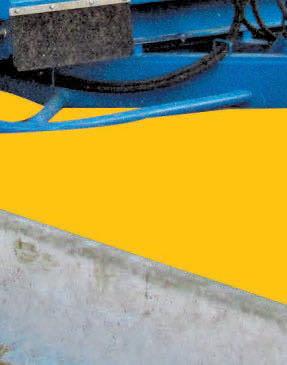
A new, standard 8-inch G5e display provides operators with an easy-to-learn, consistent experience, giving them total visibility and
control over baling operations.
The 1 Series also features a new optional high-capacity pick-up, which internal testing showed could pick up and feed crop with up to 33 per cent increased capacity compared to previous models.
“Our customers have told us reliability, serviceability and productivity were three key

factors they considered when selecting a new round baler,” Ms Gersekowski said.

“With that in mind, the 1 Series has new features to boost baling capacity and precision agriculture technology that provides agronomic data to support growers in making decisions to increase efficiency and productivity.”


THERE’S A new addition to Case IH’s popular baler range, with the RB6 HD Pro Series round baler joining the line-up, offering a range of new features aimed at boosting durability, productivity and performance.
Launched at AgQuip in August, this allnew variable chamber round baler produces bales up to 165cm or 190cm depending on the model — both larger than the equivalent sizes able to be produced by the current RB5 Series models — with either size baler available as a rotor feed or a 25-knife rotor cut version.
“As well as larger bales, the RB6 HD Pro Series has been designed for high frequency use, offering increased durability and heavier components to suit those customers who produce a high annual bale count like contractors and larger hay producers,” Case IH Australia/ New Zealand product specialist Andrew Wood said.
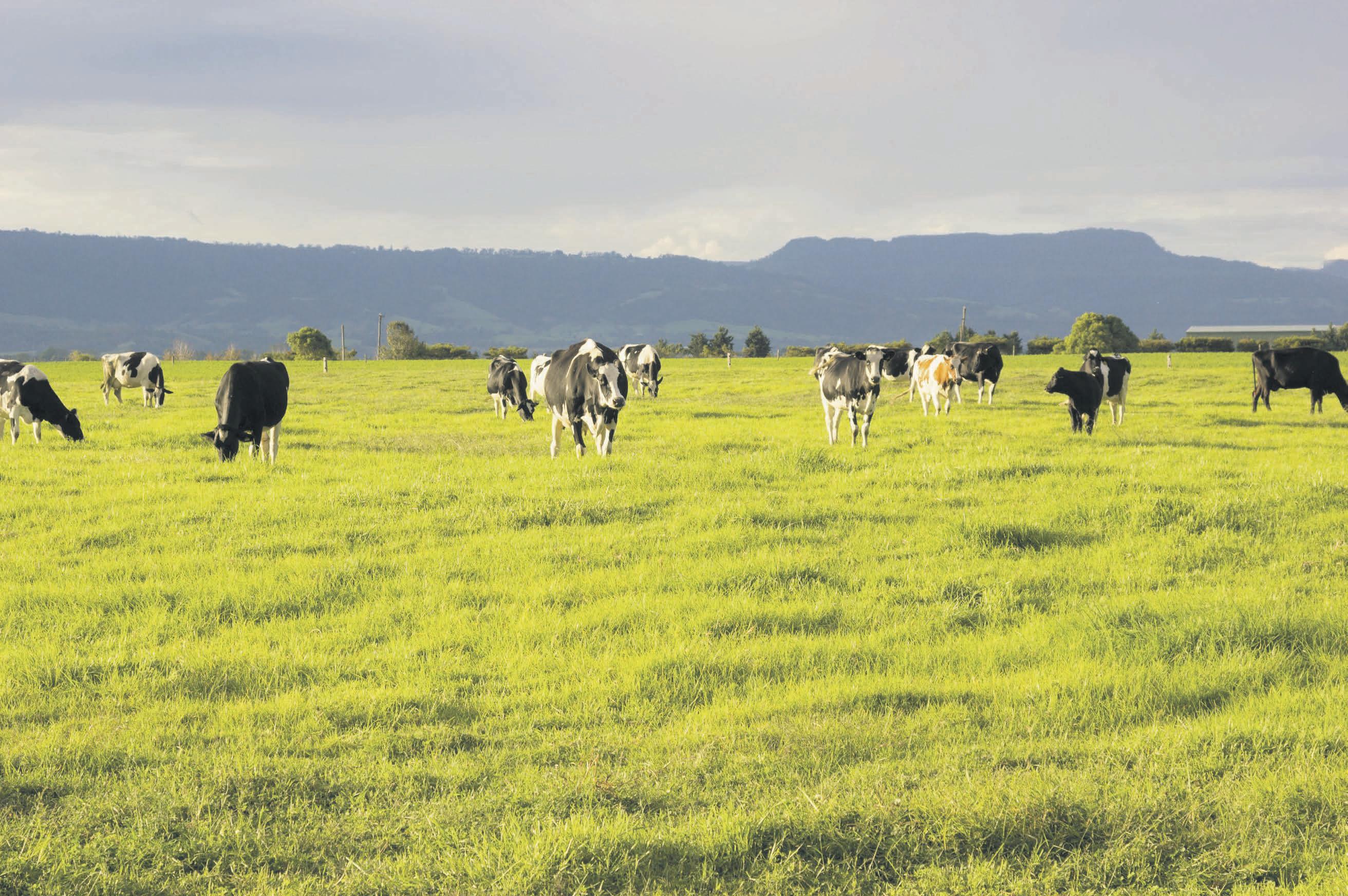

“It’s actually about a tonne heavier than its current RB5 series sibling and is basically a completely new baler.”
There’s a new “from the ground up” driveline with a heavy-duty T-type gearbox that delivers power to both sides of the baler, reducing complexity and transmitting power more evenly for better balance and smoother operation. A larger 520mm rotor also helps increase the baler’s overall capacity.
“The four belts used by the RB6 HD Pro series balers are deflected only 10 times as



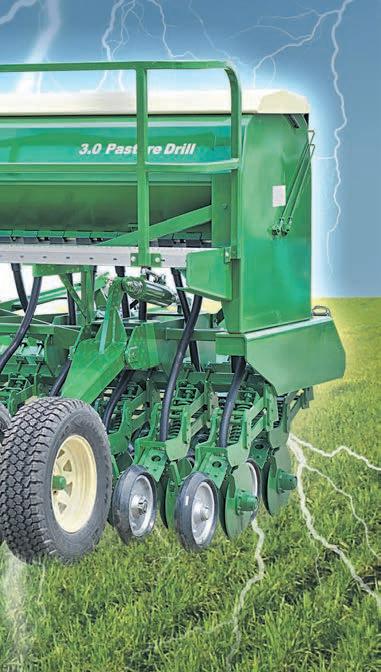
belt stress and increasing their service life, with most of the bale weight carried on the floor roller to aid in extending the life of the belts,” Andrew said.
A new feature is the active drop floor which automatically moves to allow heavy crop flow



also constantly monitored so the operator can be alerted when excessive floor movement is being detected.
“This new round baler offers some of the best features we have come to know and love on the RB5 Series, combined with a raft of new features to appeal to a range of farming and
contracting businesses looking for that next level machine,” Andrew said.
“It’s got the durability and versatility for a variety of crop types and conditions, baling even the heaviest crop with remarkable speed and efficiency, and with an emphasis on ease of operation and maintenance.”





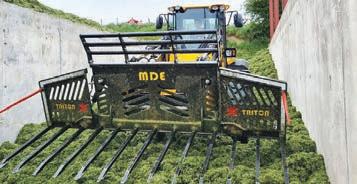
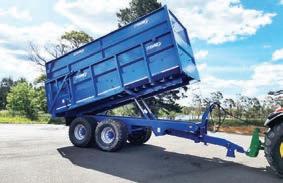


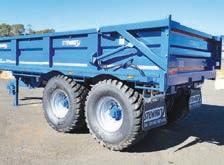
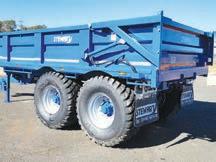


CLIPEX FENCING & Stockyards launched its latest product, the PGX Cattle Ramp, at the AgQuip field days in August.
This new addition fortifies the PGX line and is set to revolutionise cattle handling, bringing affordability to the sector of premium high quality yard designs.

“Clipex is constantly pushing the boundaries of agricultural products in Australia and around the world,” Clipex founder Ashley Olsson said.
“Our solutions, from robust fencing to efficient stockyards, stem from our commitment to progressive design, durability and above all operator safety.”
Clipex has been an industry leader in animal handling and stockyards for more than a decade, with a sharp focus on permanent sheep and cattle yards.
The company offers a comprehensive arrangement of yard designs, which have been engineered for safety and efficiency.
“We’ve designed the PGX Cattle Ramp prioritising cattle and operator safety as well as ease-of-use,” Mr Olsson said.

“This ramp joins our popular PGX series of premium budget friendly solutions which provide high quality cattle handling without
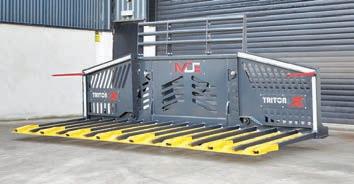


Heavier hay bales, less downtime and a baler twine that can handle the pressure in the field. Sounds like a fodder contractor’s dream, right?

For up to 30 Australian hay contractors and producers, that has been the reality as part of R&D trials for Tama Australia’s latest product innovation, Impax Twine Technology.
No stranger to R&D, Tama started global trials for the development of Impax more than three years ago.
An instrumental member to the twine product development team, Tama Oceania regional technical manager Darrell Butler said “with the concept of heavier duty balers coming into the crop baling market, traditional twine technology was becoming too thick, meaning operators were experiencing a lot of downtime fixing broken twines and knotter components. It allowed us to rethink the technology.”
The result of this ‘rethink’ was Impax. A thinner, stronger twine capable of increased knotter performance.
breaking the bank.”
The launch of the PGX Cattle Ramp further underscores the company’s commitment to lead and continually redefine agricultural best practices.
“The launch of the new PGX Cattle Ramp represents our commitment to inspire change and enhance productivity in the agricultural landscape,” Mr Olsson said.
“It provides less downtime, less maintenance, a more workable twine,” Darrell said.

Hence the tagline: ‘Total workability’.
More than 200,000 bales across Australia have been produced using Impax technology during the past three years.
Western Australia hay contractor John
Thomson has been baling hay for more than 25 years.
Operating a fleet of eight-string Krone balers as Big Bale Company, John started trialling Impax twine two seasons ago.

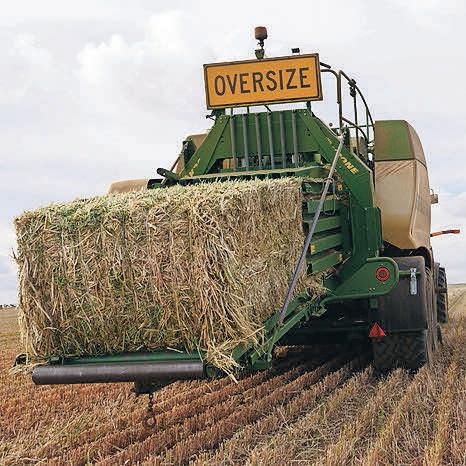
“It’s a big improvement to what we were using,” he said.
“We’re having much less trouble in the field with Impax twine which is a real benefit to us. Every minute in the paddock is very important that we’re not stopped fixing broken twines.
“We’ll be using Impax twine throughout all our machinery, there’s no comparison with other twine. It’s been incredibly successful.“
Impax twine from Tama Australia will be available for the 2023 baling season.
Clipex products were on display at AqQuip.SPRAYING SPECIALIST Silvan has unveiled two new 200-litre trailed sprayers.
The first is a comprehensive spraying unit, which includes a Lightfoot 200-litre tank, 30-metre-long reel and hose fitted to a Spotjet spray gun and stainless steel lance, new general purpose (GP) spray boom and electric 12-volt pump all mounted on a robust trailer.
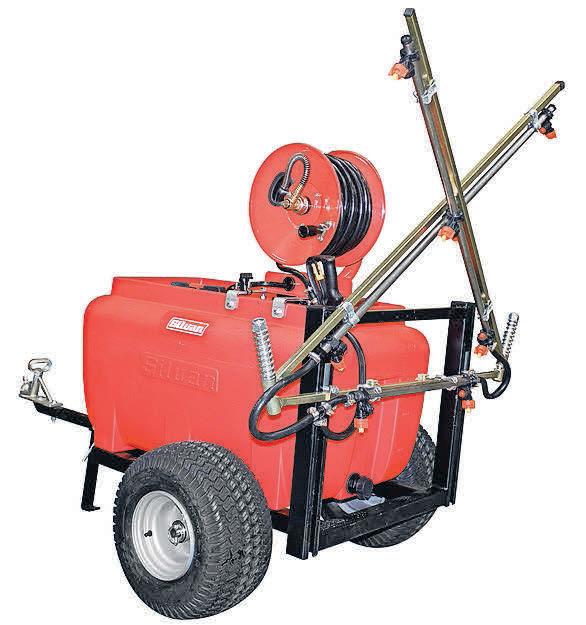
Designed for maximum efficiency and ease of use, the sprayer comes fully assembled and factory tested, ensuring hassle-free integration into existing farming applications.
Its versatile design allows for immediate attachment to side-by-side vehicles, ATVs, or utilities, making it a valuable asset for a wide range of agricultural applications.



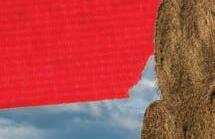



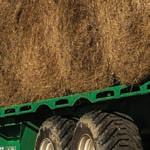
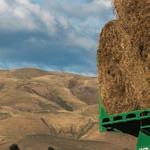

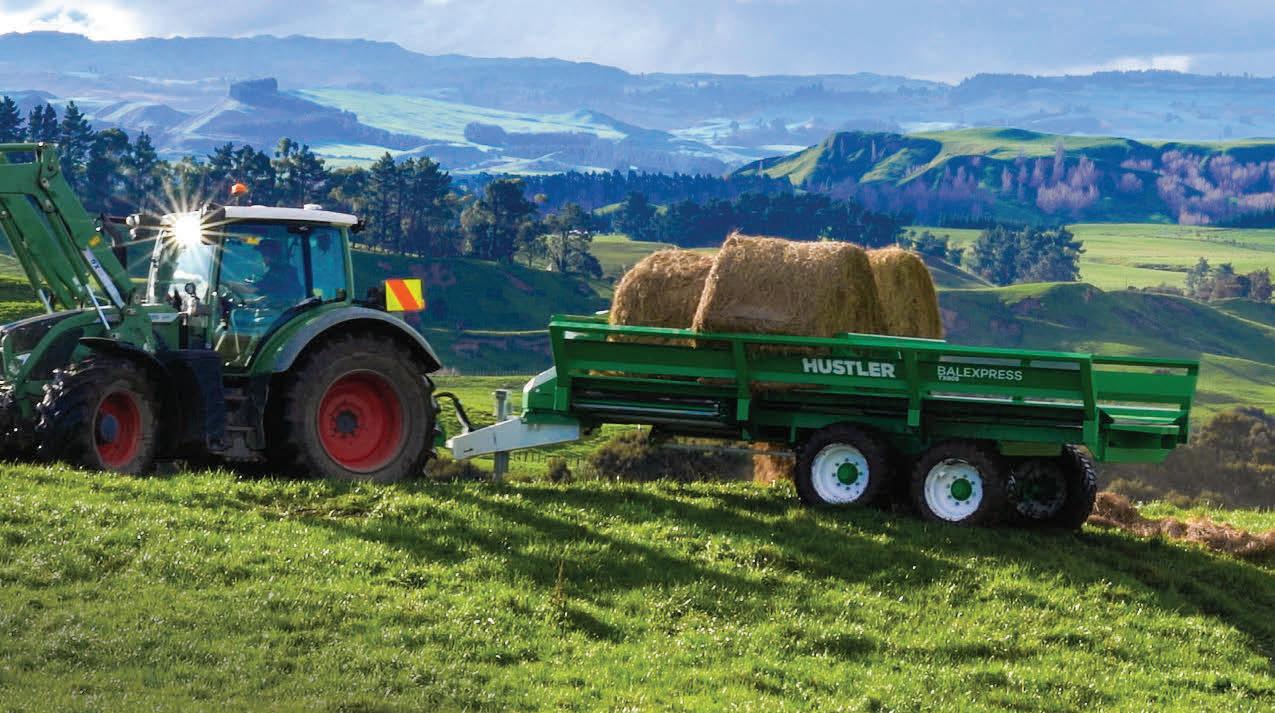
Standout features include a Smoothflo pump, capable of providing an impressive open flow of seven litres a minute at a maximum pressure of 827kPa (120psi).
Unlike traditional pumps, this high-pressure constant flow pump produces a smooth and pulsation-free operation, contributing to consistent and accurate spraying.
The new GP spray boom boasts independent nozzle operation capability, a feature tailored for precision tasks such as fence line treatments or spray widths of up to seven metres. This functionality ensures uniform coverage while minimising waste.
The second, 200-litre, trailed sprayer is a Lightfoot, hi-flow 12-volt unit, featuring an advanced four-metre wide, cross-fold boom.
The boom offers a four-metre spray width

along with a break-back device that safeguards it when encountering obstructions.







This state-of-the-art sprayer comes fully assembled, primed for immediate use, offering efficiency and convenience to farmers and landscape professionals.
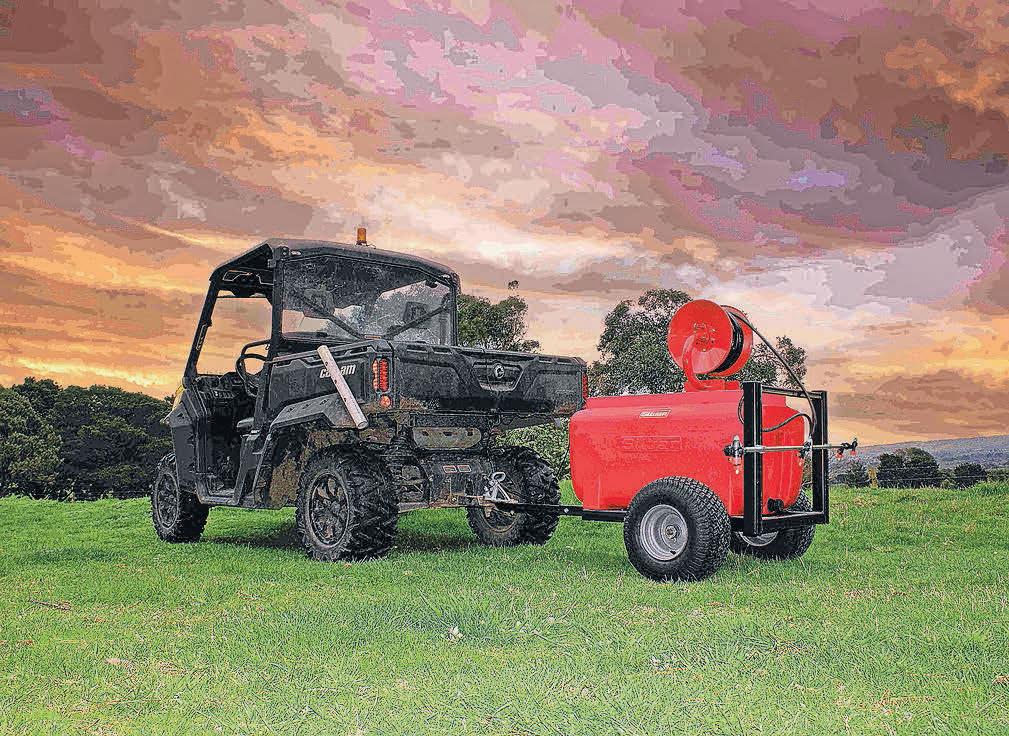
A highlight is the Varijet spray gun, a testament to Silvan’s commitment to precision
spraying, which can transition from a focused stream to a diffuse conical mist through a simple barrel rotation
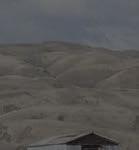
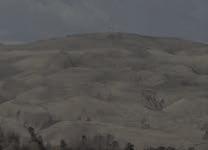
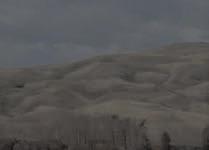
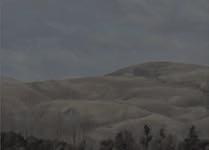





The package includes a 30-metre-long hose on an Eco reel, ensuring ample reach and easy handling.

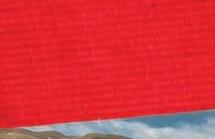


The sprayer also boasts an adjustable pressure regulator and a glycerine-filled gauge,




























empowering users with precise control over pressure and flow for both the spray gun and boom.
Its adaptability shines as it proves ideal for roadside or targeted spraying, whether from trailers, ATVs, utility vehicles, or side-by-sides, covering distances of up to 10 metres.










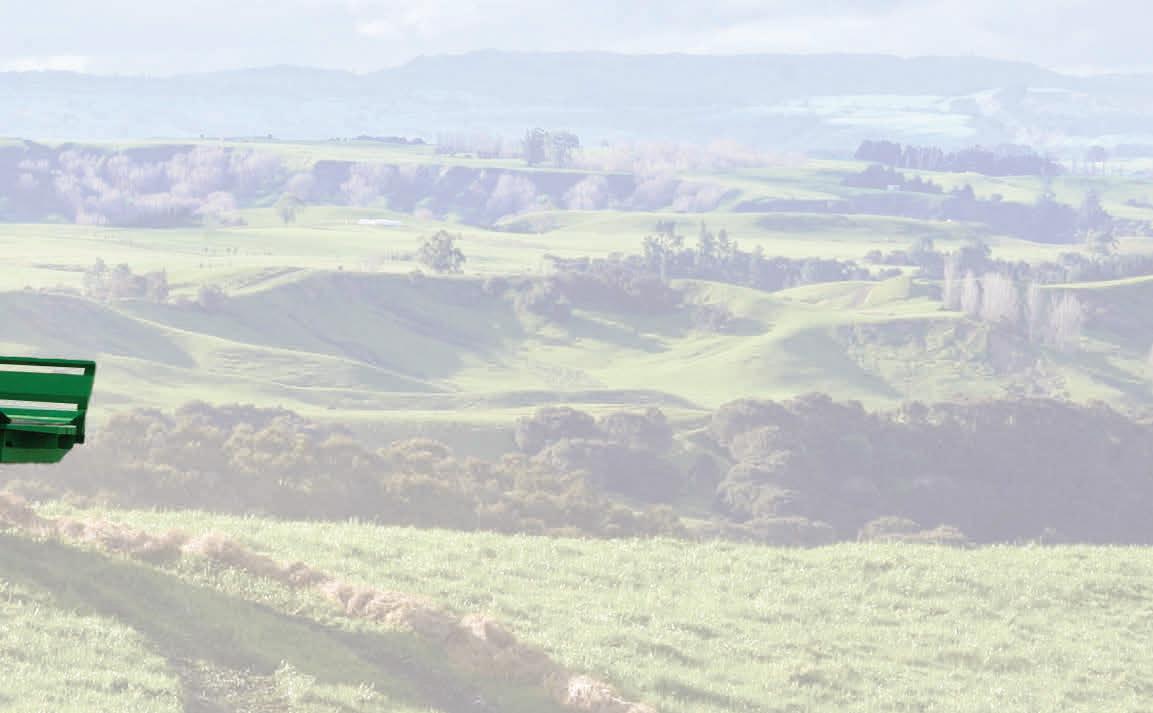
ɋ For more information call, 1300 745 826 or email info@silvanaust.com for technical specifications and product details.













 The Silvan 200-litre trailed sprayer.
The Silvan 200-litre trailed sprayer.

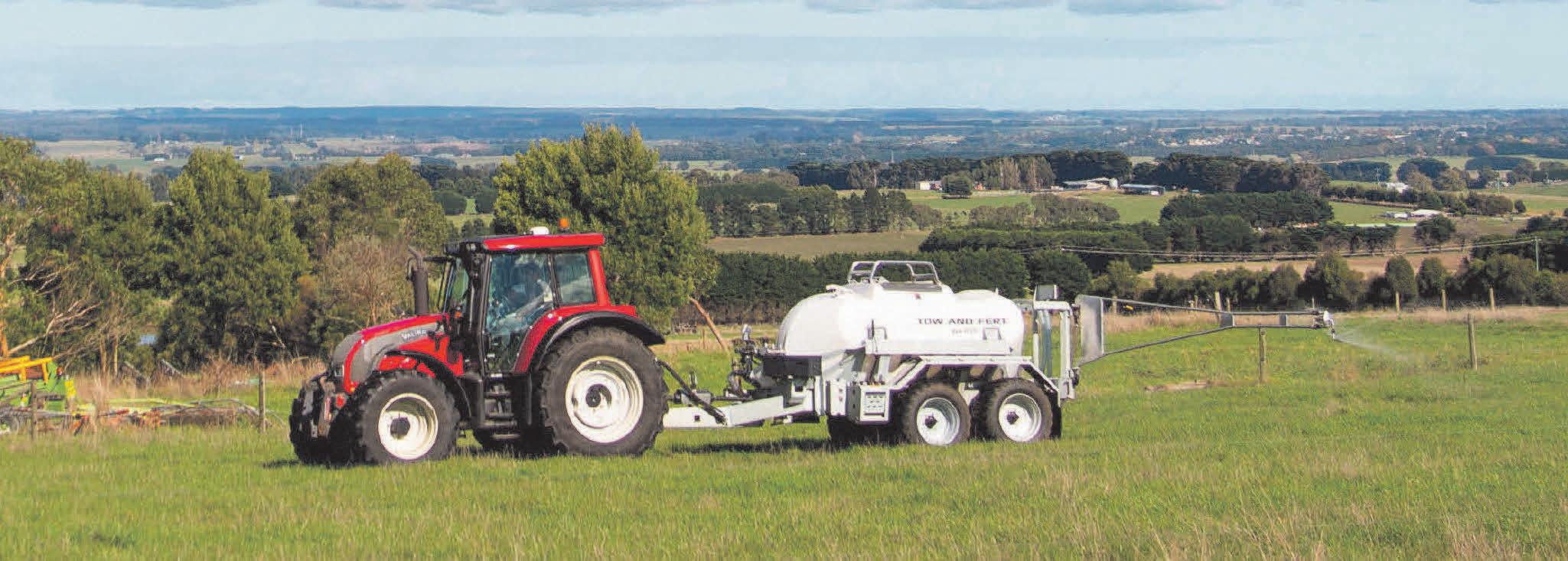

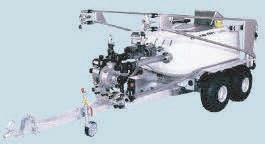
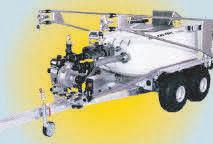

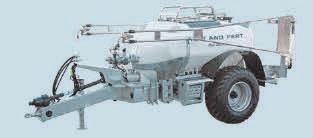


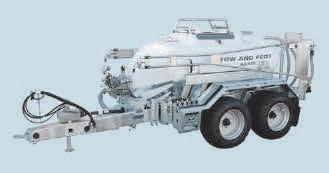
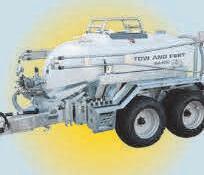

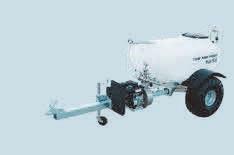
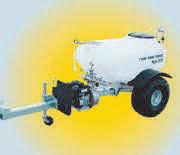
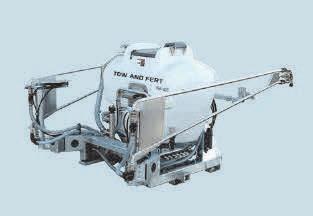
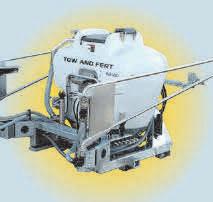




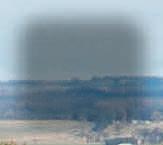

Your automated milking system. Our masterpiece.
What is important to you?
Individual solution tailor-made for my dairy farm.
Implement the milking routine and cow traffic concept that suits me best.
Adaptable system that can be integrated into the existing farm structure in a cost-effective way.
Efficient and cow-friendly milking for best milk quality and animal health.
Make work routines flexible and save time.
Manage daily tasks quickly, easily and conveniently at a central place.
We’ve got you covered.
Best visibility and unrestricted, safe and comfortable access to the udder at all times.
Profitable milking with low operating costs.
User-friendly technology with free access to all data and figures at any time.

Trustful dealer and service partner I can rely on 24/7.
Robust, high-performing system with a minimal risk of downtimes.
Sustainable business thanks to an overall future-proof dairy farm.